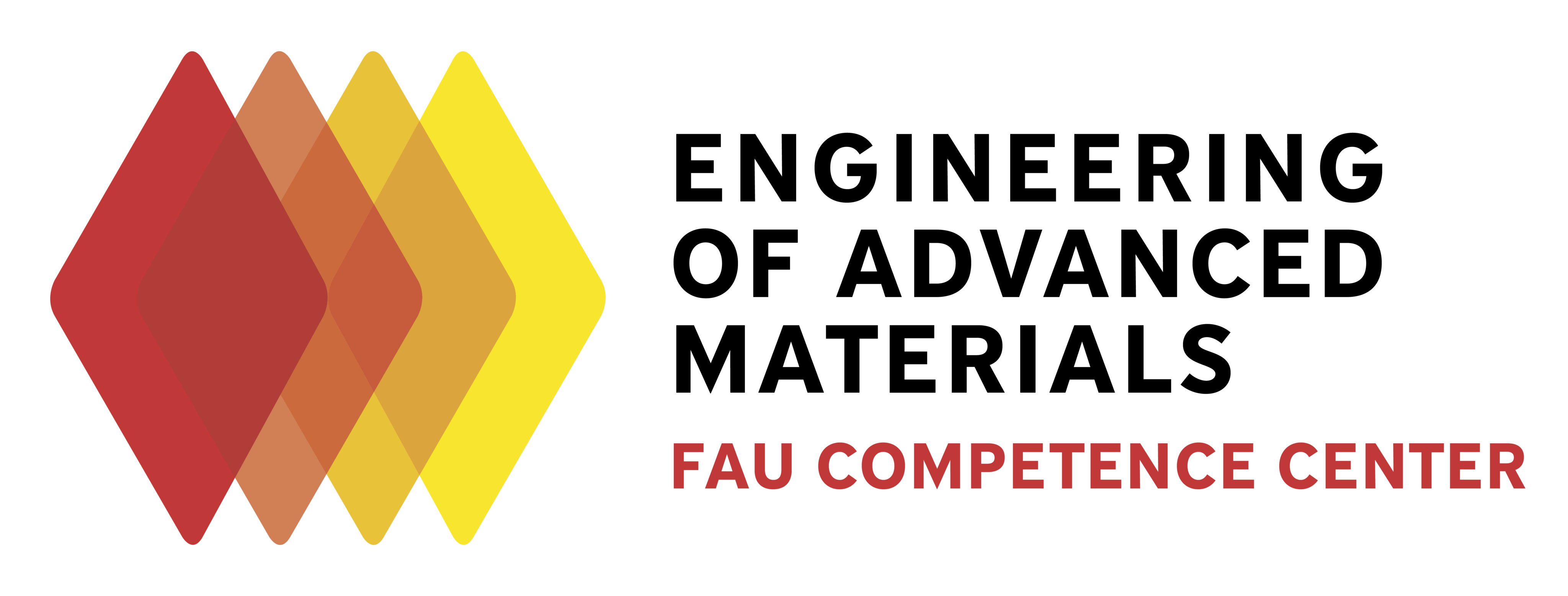People
FAU Competence Center Engineering of Advanced Materials brings together more than 80 Members from 8 disciplines of FAU Faculties of Engineering, Sciences and Medicine.
FAU EAM is managed by an Executive Board with a team of four Coordinators – two from each Faculty involved – with one elected main Coordinator (rotation principle). Additional members of the joint executive board are: one representative for FAU EAM Units, one representative of research projects, the Speaker of the Graduate School EAM, one representative of academic mid-level staff, and one representative for gender & diversity.
The highly effective FAU EAM Administration supports the Executive Board by taking care of the general management, explicitly research and financial issues, event organization, networking activities, public outreach, construction management, recruitment and personnel development as well as the management of the Graduate School Engineering of Advanced Materials (GS EAM).
Spokespersons

Prof. Dr. Bastian Etzold
Chair of Power to X Technologies
Contact
- Email: bastian.etzold@fau.de
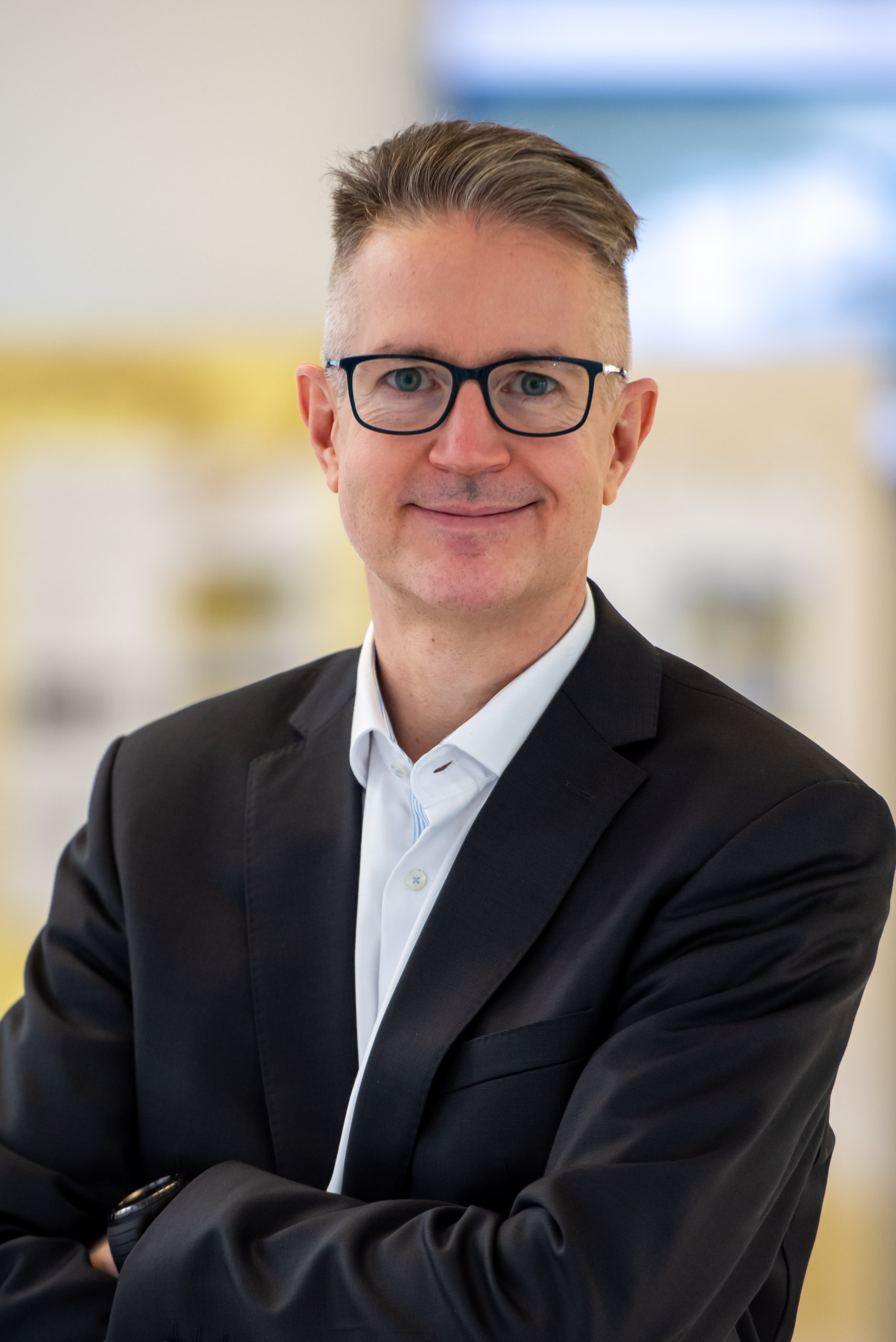
Prof. Dr. Jörg Libuda
Chair of Interface Research and Catalysis
Contact
- Email: joerg.libuda@fau.de
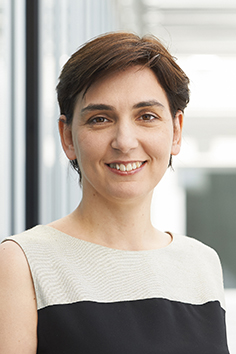
Prof. Dr. Ana-Suncana Smith
Professorship for Theoretical Physics
Contact
- Email: ana-suncana.smith@fau.de
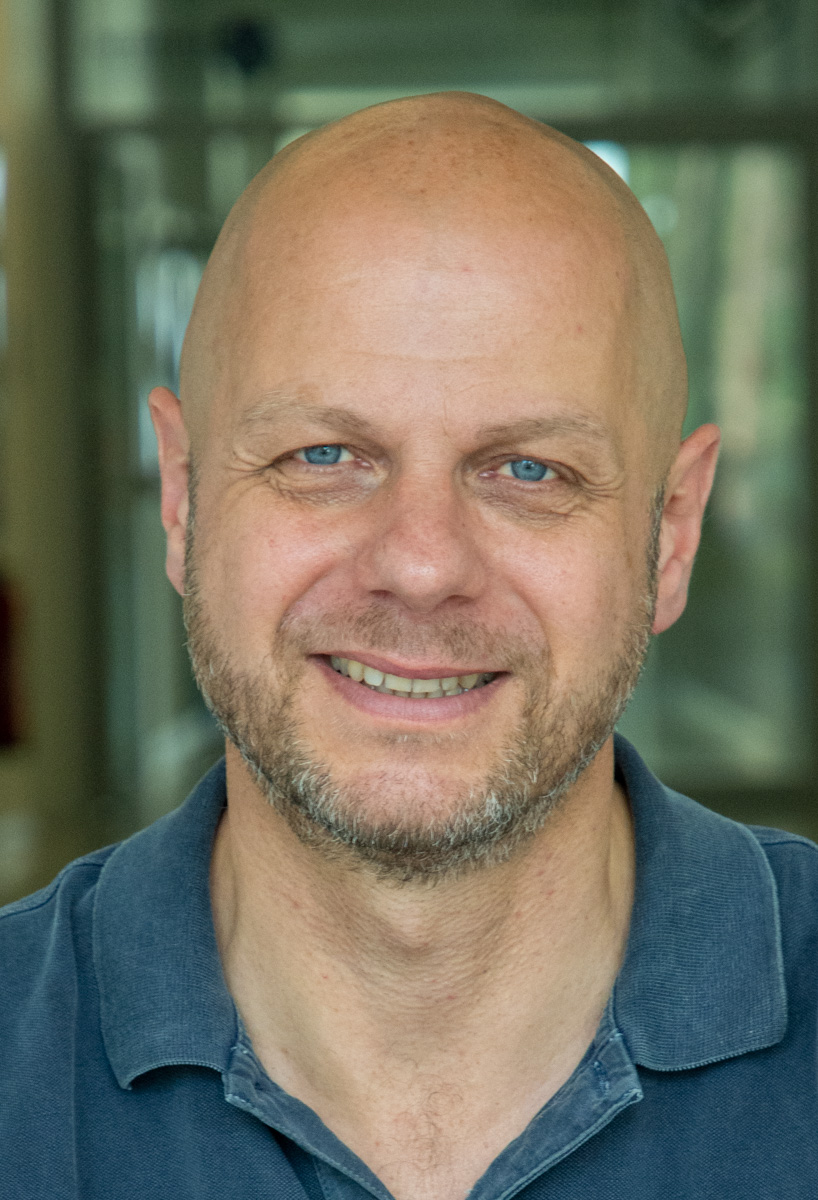
Prof. Dr. Erdmann Spiecker
Chair of Micro- and Nanostructure Research
Contact
- Email: erdmann.spiecker@fau.de
Board Members
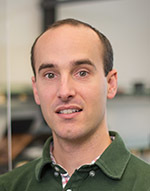
Prof. Julien Bachmann (Ph. D.)
Chair of Chemistry of Thin Film Materials
Contact
- Email: julien.bachmann@fau.de
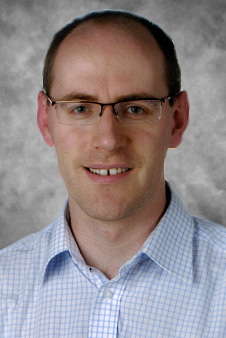
Prof. Dr. Robin Klupp Taylor
Professorship for Nanostructured Particles
Contact
- Email: robin.klupp.taylor@fau.de
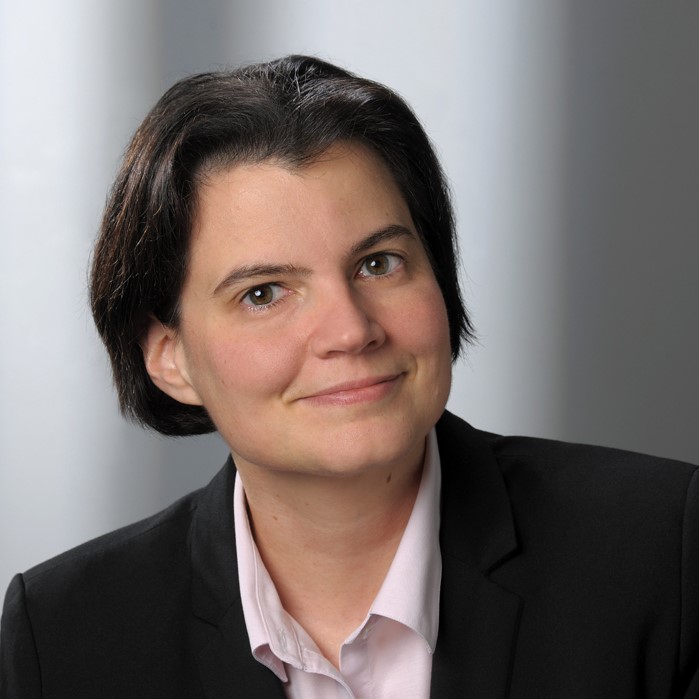
Prof. Dr. Sabine Maier
Professorship for Experimental Physics (Scanning Probe Microscopy)
Contact
- Email: sabine.maier@fau.de
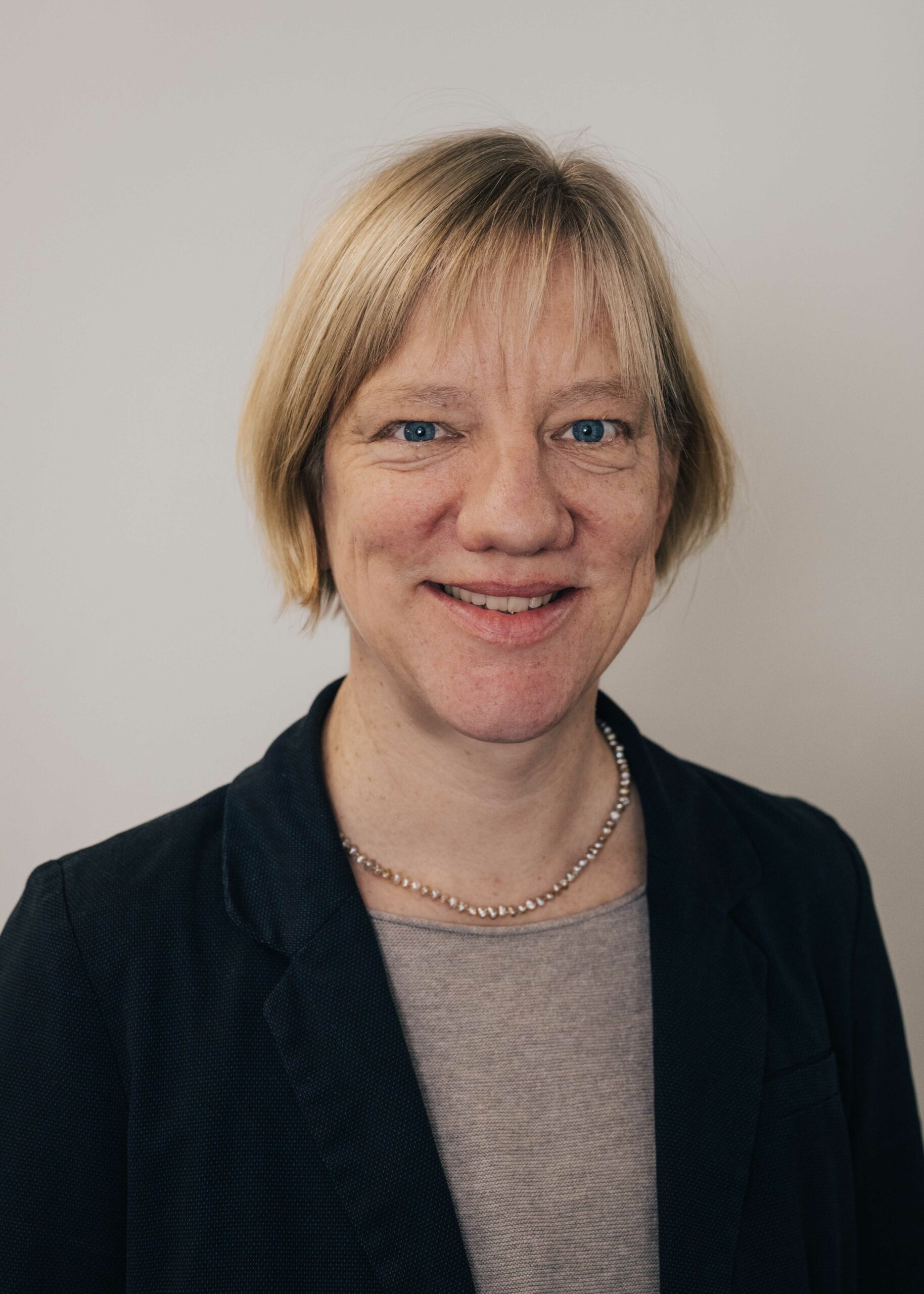
Prof. Dr. Janina Maultzsch
Chair of Experimental Physics
Contact
- Email: janina.maultzsch@fau.de
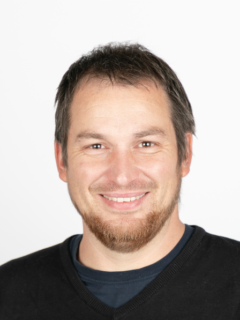
Dr. Lukas Pflug
FAU Competence Center Scientific Computing (FAU CSC)
Contact
- Email: lukas.pflug@fau.de
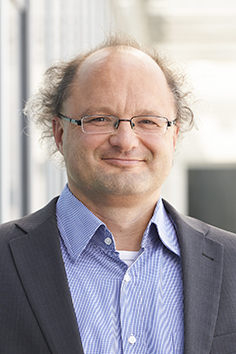
Prof. Dr. Peter Wasserscheid
Chair of Chemical Reaction Engineering
Contact
- Email: peter.wasserscheid@fau.de
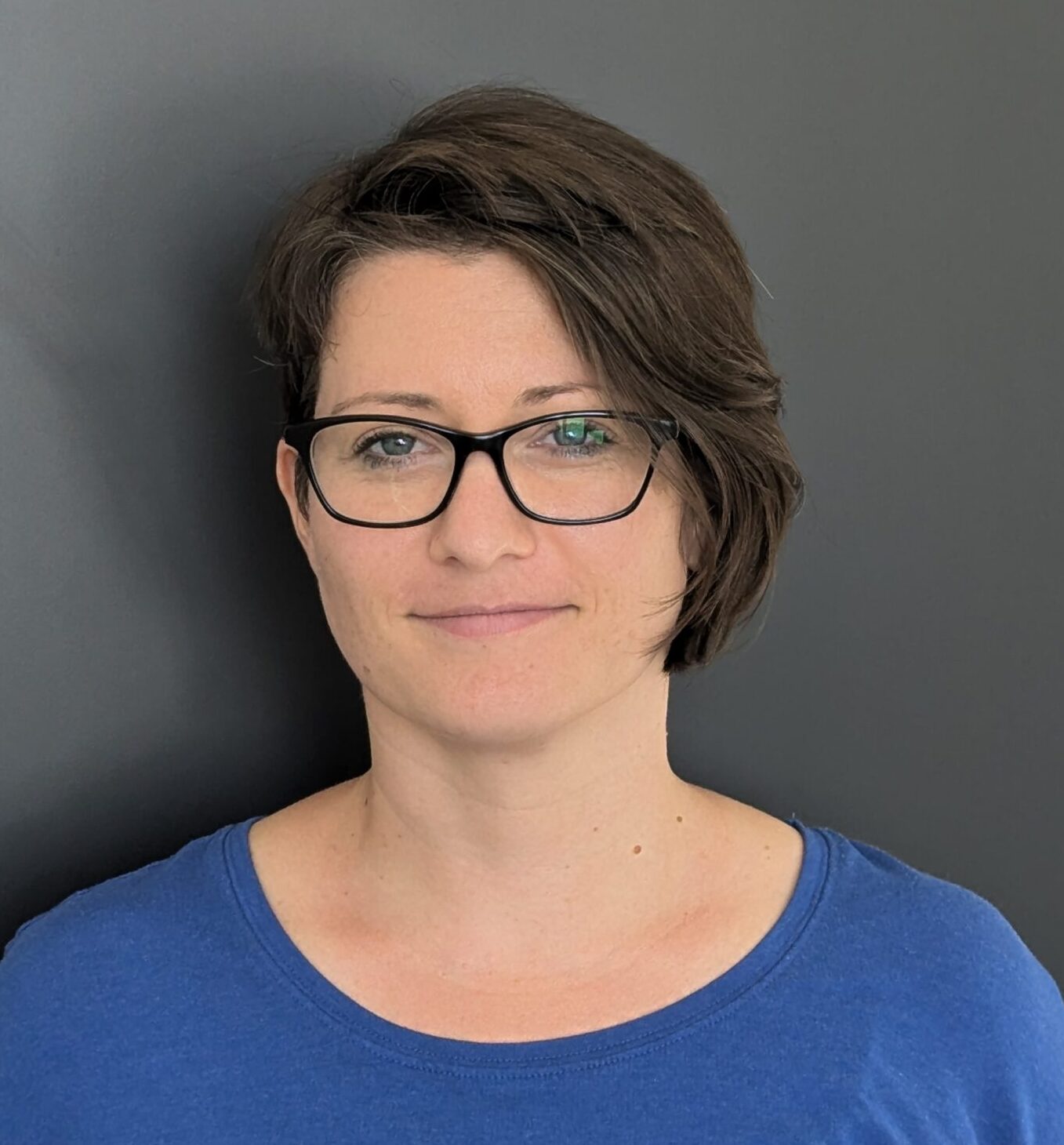
Ina Viebach
Managing Director
Contact
- Email: ina.viebach@fau.de
- Phone: +49 9131 85 -70475
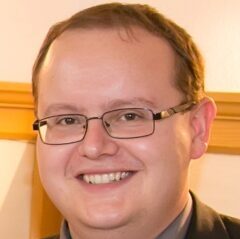
Dr. Andreas Späth
Program Director GS EAM
Contact
- Email: andreas.spaeth@fau.de
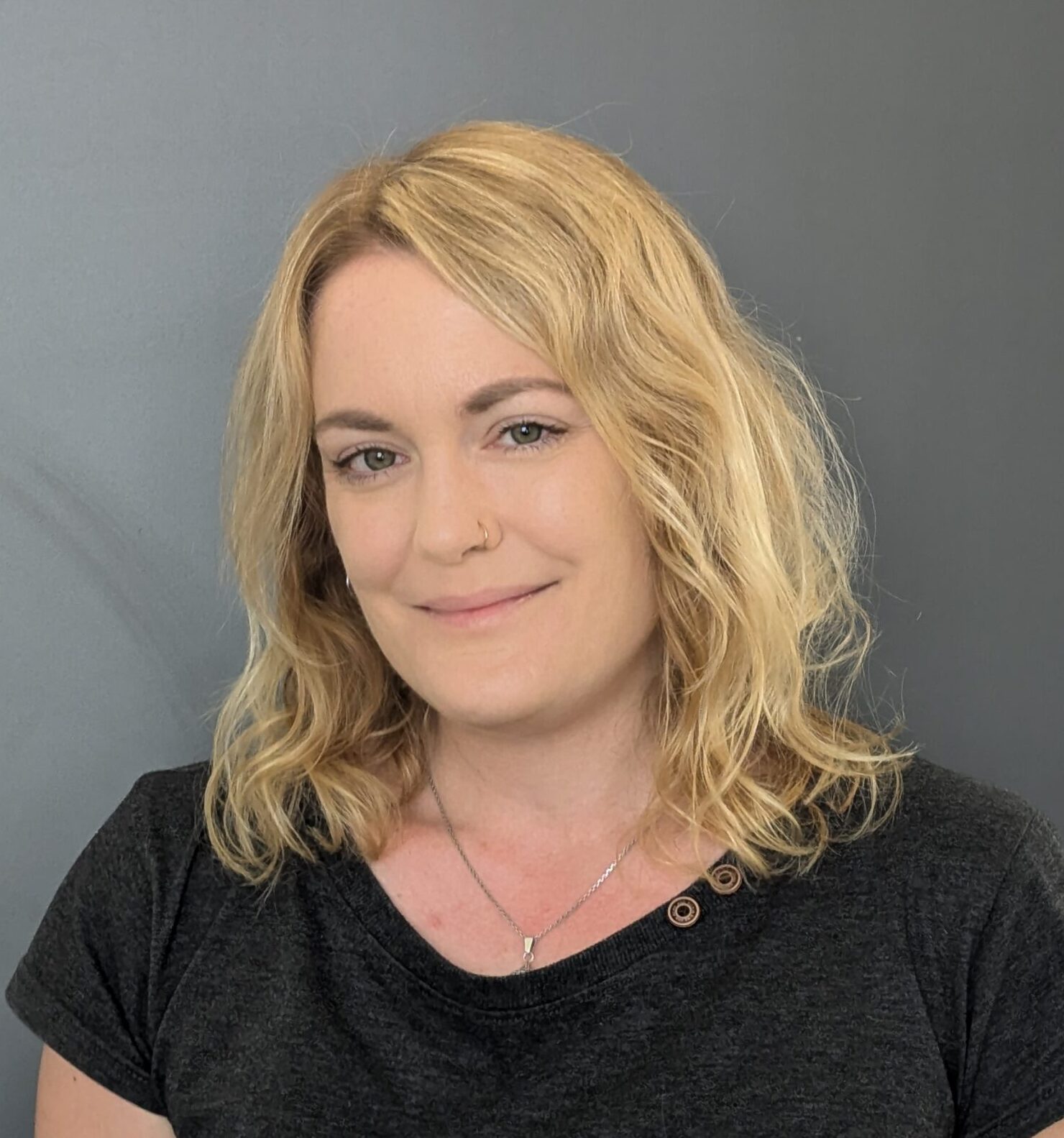
Angelika Mach
Administration
Contact
- Email: angelika.mach@fau.de
- Phone: +49 9131 85 -70477
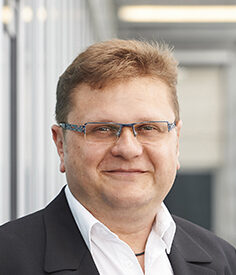
Michael Hartmann
Administrative staff
Contact
- Email: michael.hartmann@fau.de
- Phone: +49 9131 85 -70476
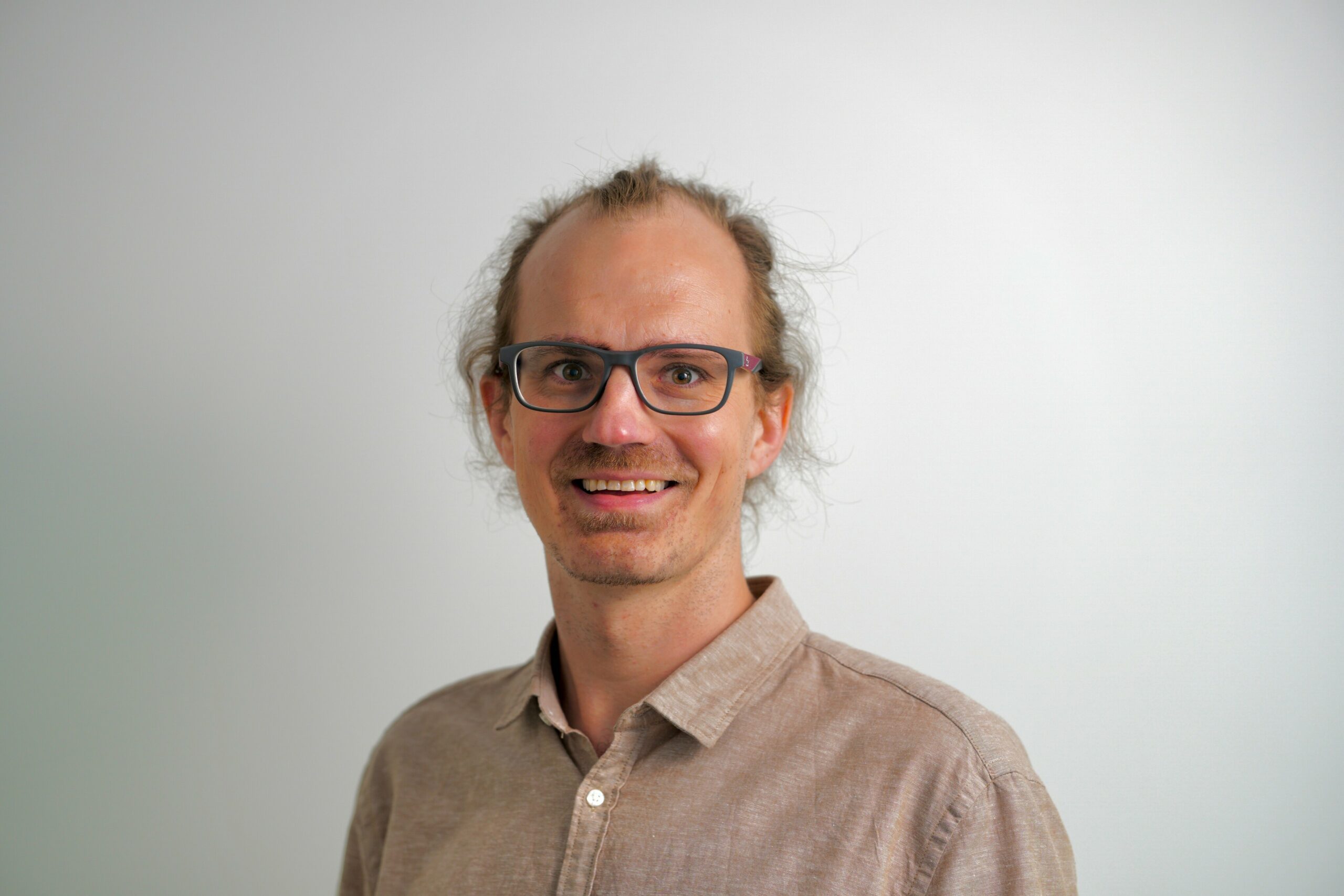
Dr. Benjamin Apeleo Zubiri
Contact

Prof. Julien Bachmann (Ph. D.)
Contact
- Email: julien.bachmann@fau.de
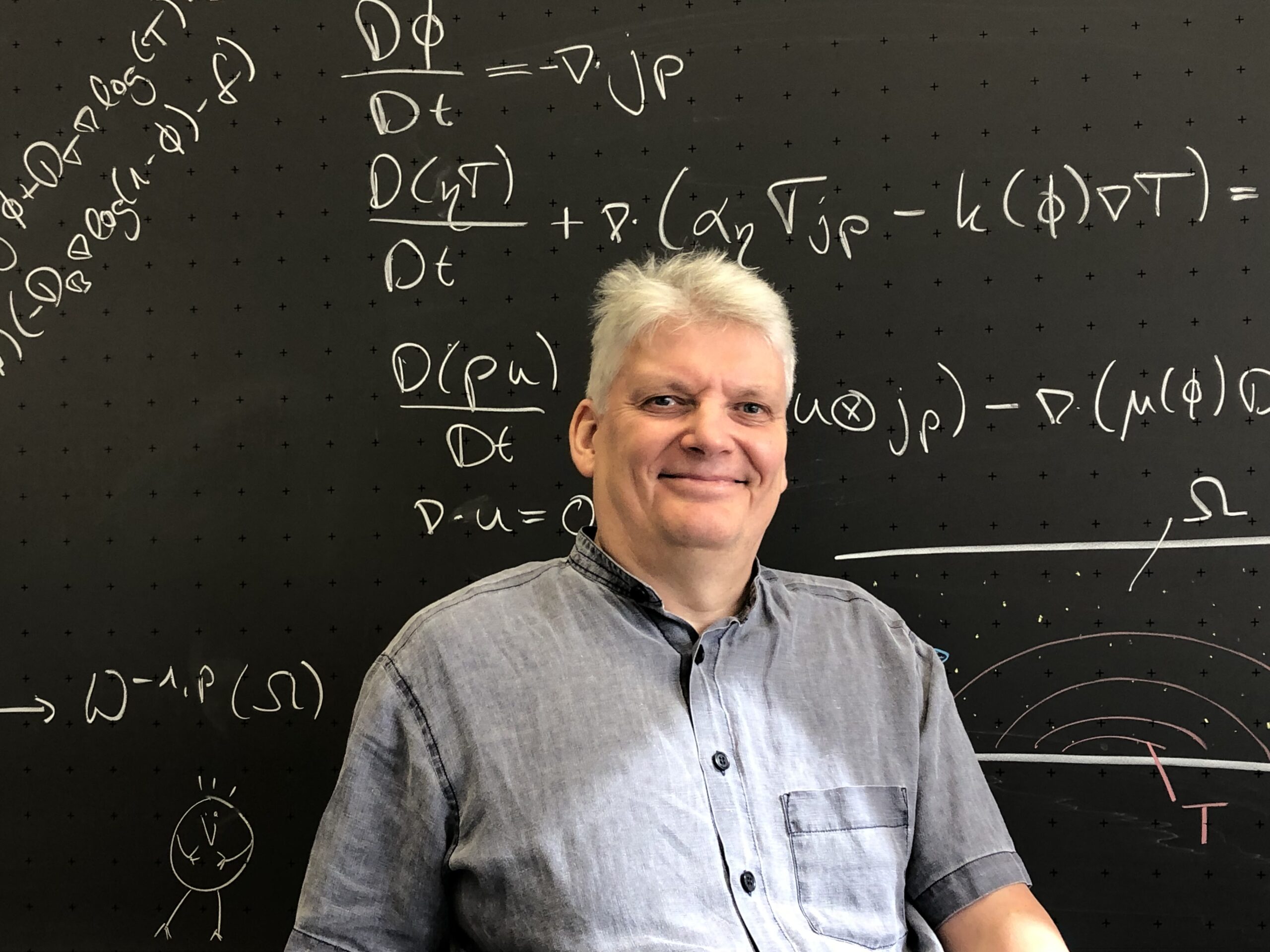
Prof. Dr. Eberhard Bänsch
Contact
- Email: eberhard.baensch@fau.de
- Phone: +49 9131 85 -67202
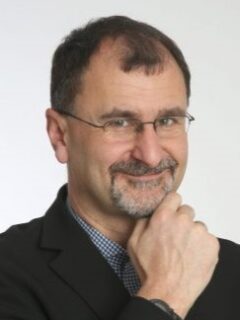
Prof. Dr. Christoph Brabec
Contact
- Email: christoph.brabec@fau.de
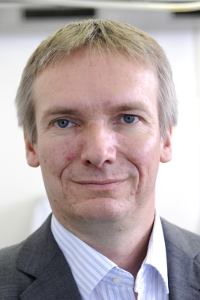
Prof. Dr. Nicolai Burzlaff
Contact
- Email: nicolai.burzlaff@fau.de
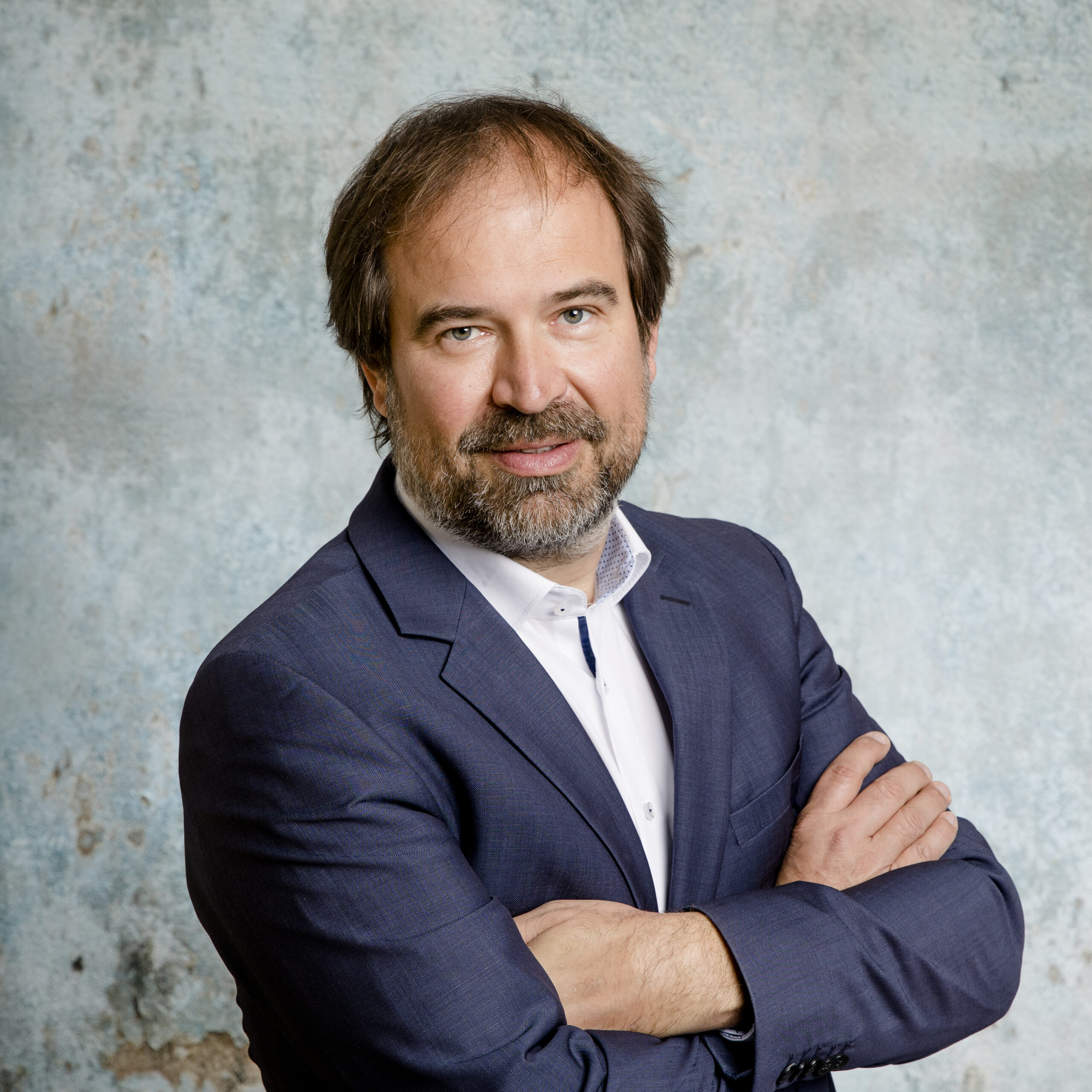
Prof. Dr. Dietmar Drummer
Contact
- Email: dietmar.drummer@fau.de
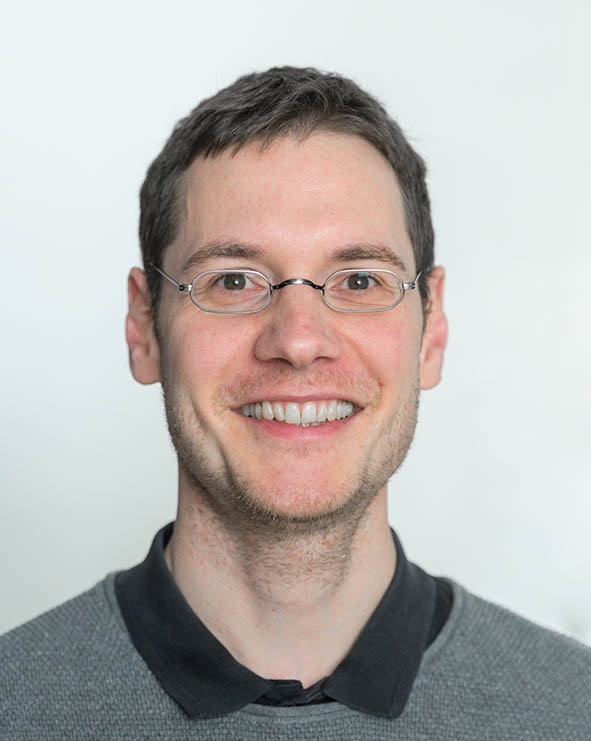
Prof. Dr. Henry Dube
Contact
- Email: henry.dube@fau.de
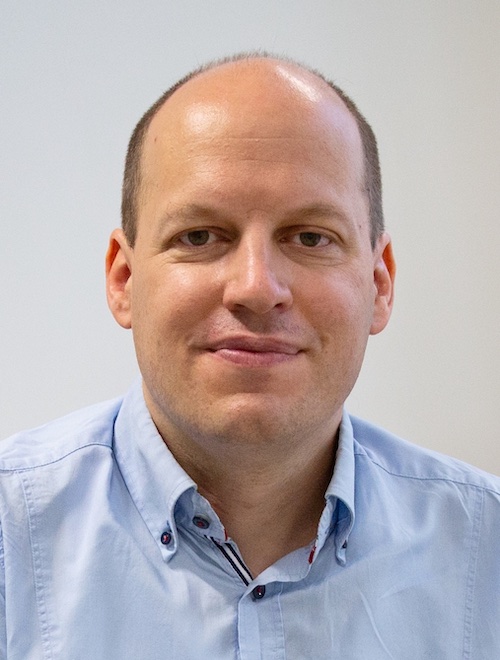
Prof. Dr. Michael Engel
Contact
- Email: michael.engel@fau.de
- Phone: +49 9131 85 -70526

Prof. Dr. Bastian Etzold
Contact
- Email: bastian.etzold@fau.de
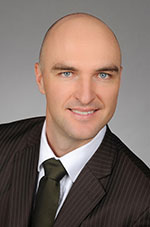
Prof. Dr. Peter Felfer
Contact
- Email: peter.felfer@fau.de
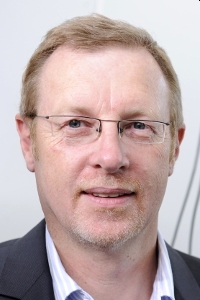
Prof. Dr. Rainer Fink
Contact
- Email: rainer.fink@fau.de
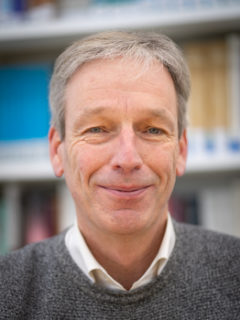
Prof. Dr. Mathias Göken
Contact
- Email: mathias.goeken@fau.de
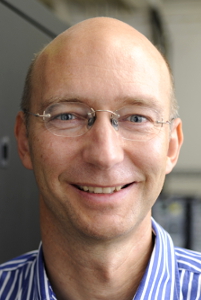
Prof. Dr. Andreas Görling
Contact
- Email: andreas.goerling@fau.de
- Phone: +49 9131 85 -27766
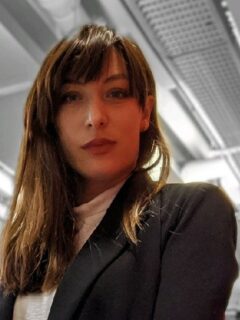
Prof. Dr. Danijela Gregurec
Contact
- Email: danijela.gregurec@fau.de
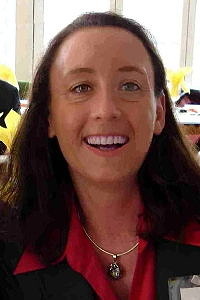
Prof. Dr. Franziska Gröhn
Contact
- Email: franziska.groehn@fau.de

Prof. Dr. Dirk Michael Guldi
Contact
- Email: dirk.guldi@fau.de
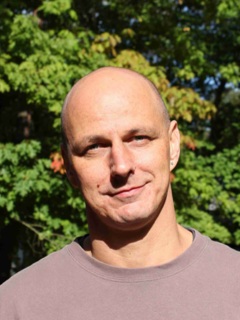
Prof. Dr. Marcus Halik
Contact
- Email: marcus.halik@fau.de
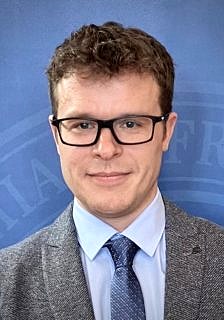
Prof. Dr. Philipp Hansmann
Contact
- Email: philipp.hansmann@fau.de
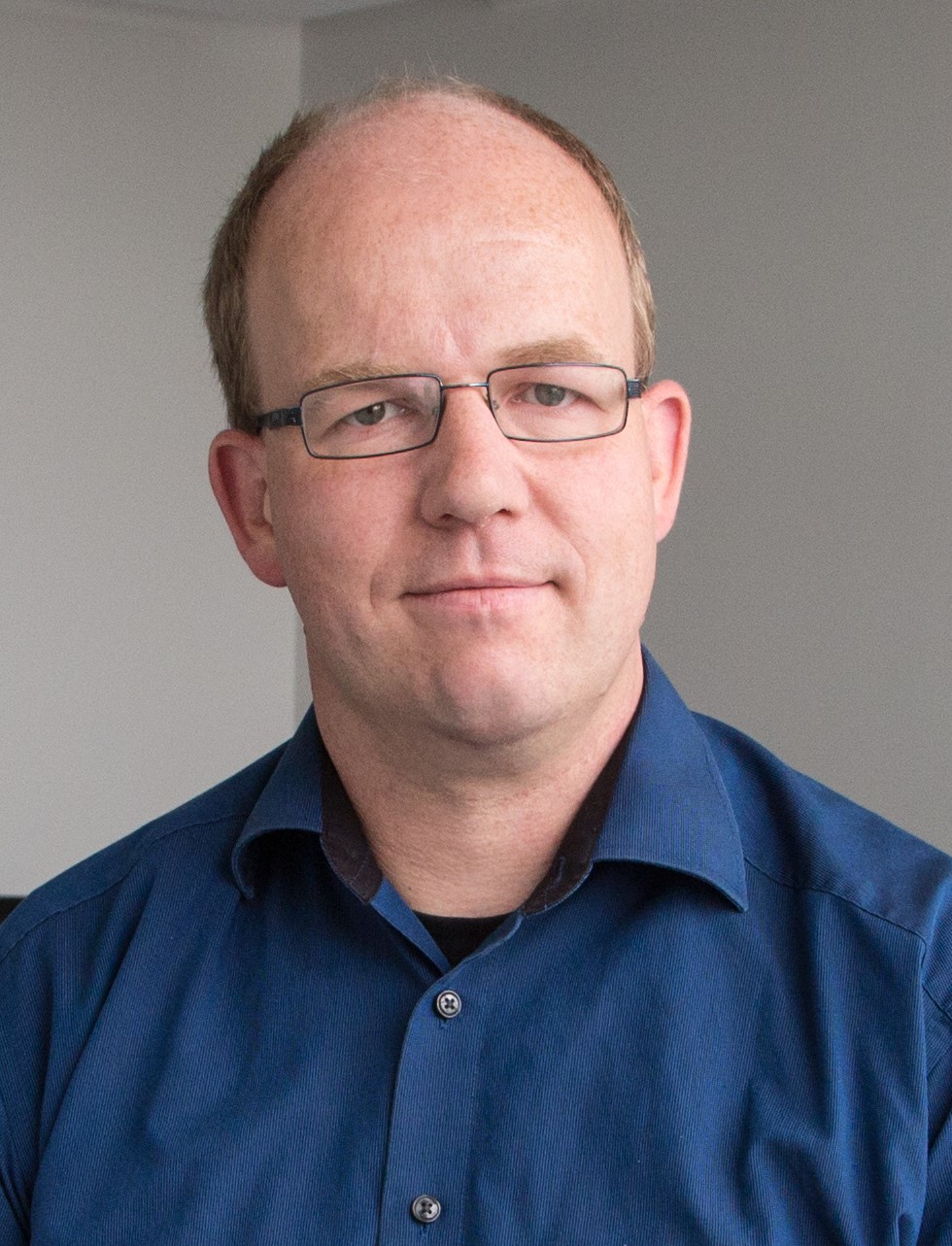
Prof. Dr. Jens Harting
Contact
- Email: jens.harting@fau.de
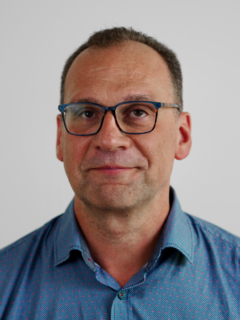
Prof. Dr. Martin Hartmann
Contact
- Email: martin.hartmann@fau.de
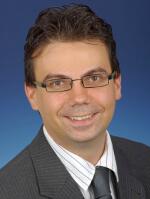
Dr. Frank Hauke
Contact
- Email: frank.hauke@fau.de

Prof. Dr. Marco Haumann
Contact
- Email: marco.haumann@fau.de
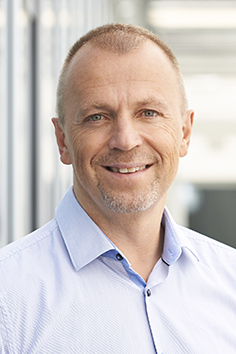
Prof. Dr. Andreas Hirsch
Contact
- Email: andreas.hirsch@fau.de
- Phone: +49 9131 85 -65581Phone: +49 9131 85 -26600

Prof. Dr. Peter Hommelhoff
Contact
- Email: peter.hommelhoff@fau.de
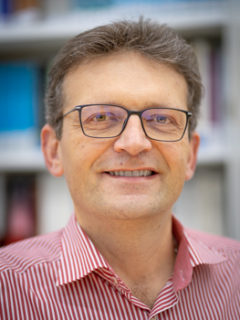
Prof. Dr. Heinz Werner Höppel
Contact
- Email: hwe.hoeppel@fau.de
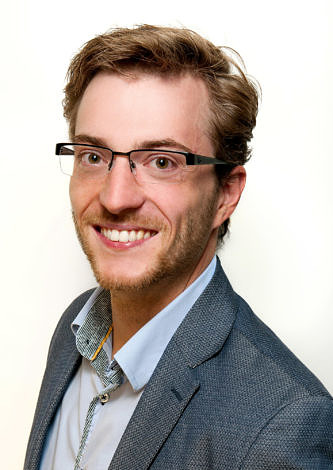
Dr. Franz Huber
Contact
- Email: franz.huber@fau.de
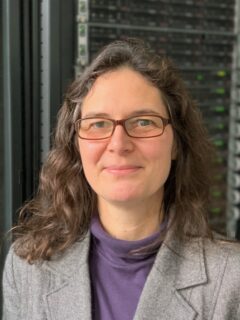
Prof. Dr. Petra Imhof
Contact
- Email: petra.imhof@fau.de
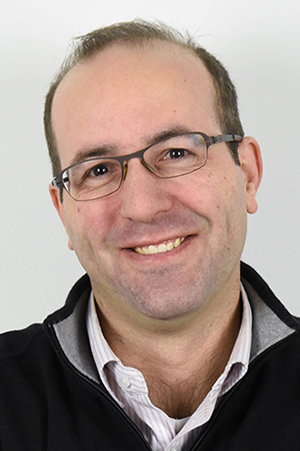
Prof. Dr. Nicolas Joly
Contact
- Email: nicolas.joly@fau.deEmail: nicolas.joly@mpl.mpg.de
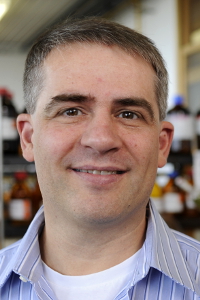
Prof. Dr. Norbert Jux
Contact
- Email: norbert.jux@fau.de
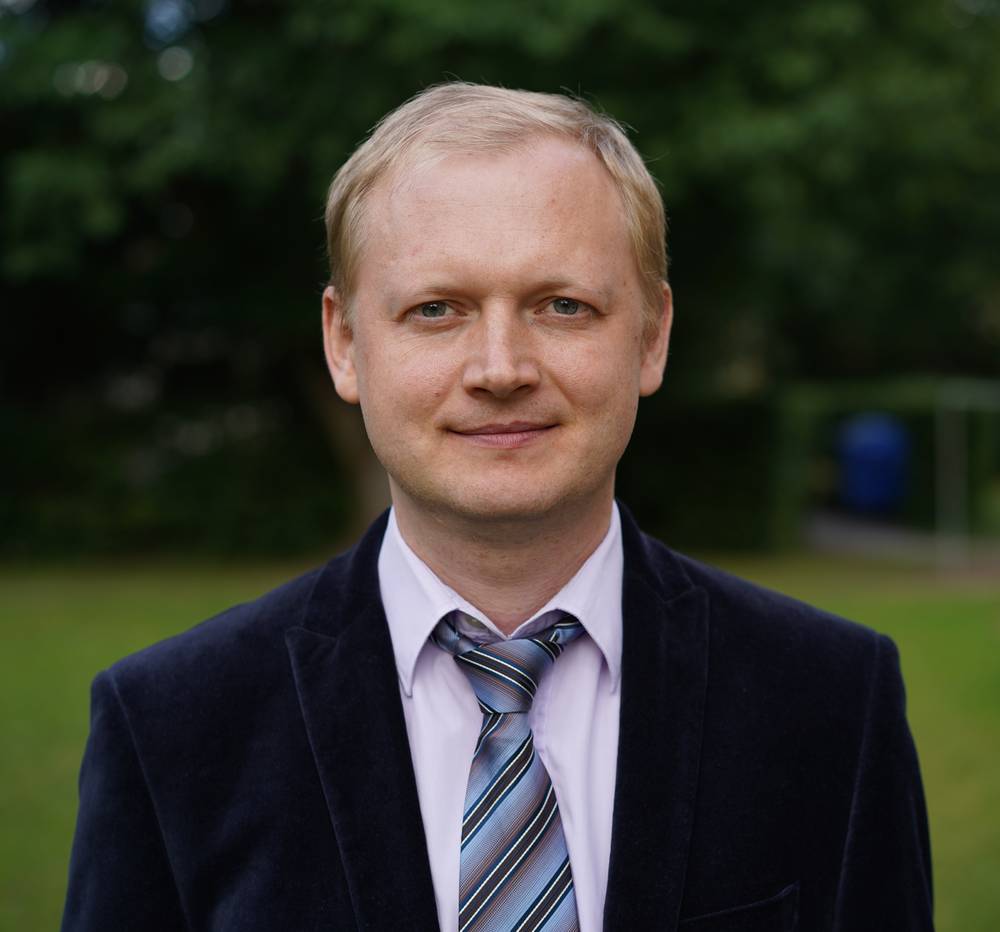
Prof. Evgeny Kataev
Contact
- Email: evgeny.kataev@fau.de

Prof. Dr. Robin Klupp Taylor
Contact
- Email: robin.klupp.taylor@fau.de
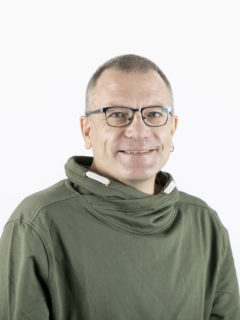
Prof. Dr. Daniel Köhn
Contact
- Email: daniel.koehn@fau.de
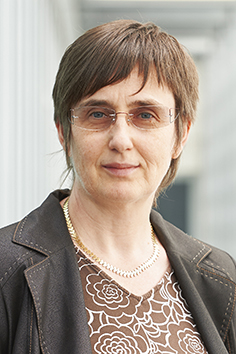
Prof. Dr. habil Carolin Körner
Contact
- Email: carolin.koerner@fau.de
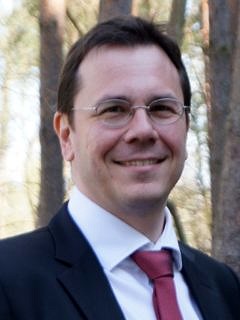
Prof. Dr. Vojislav Krstic
Contact
- Email: vojislav.krstic@fau.de
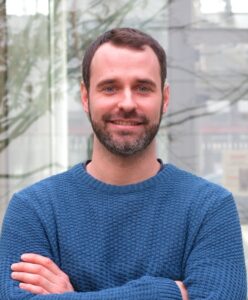
Dr. Carlos Lange Bassani
Contact
- Email: carlos.bassani@fau.de

Prof. Dr. Jörg Libuda
Contact
- Email: joerg.libuda@fau.de
- Phone: +49 9131 85 -67661
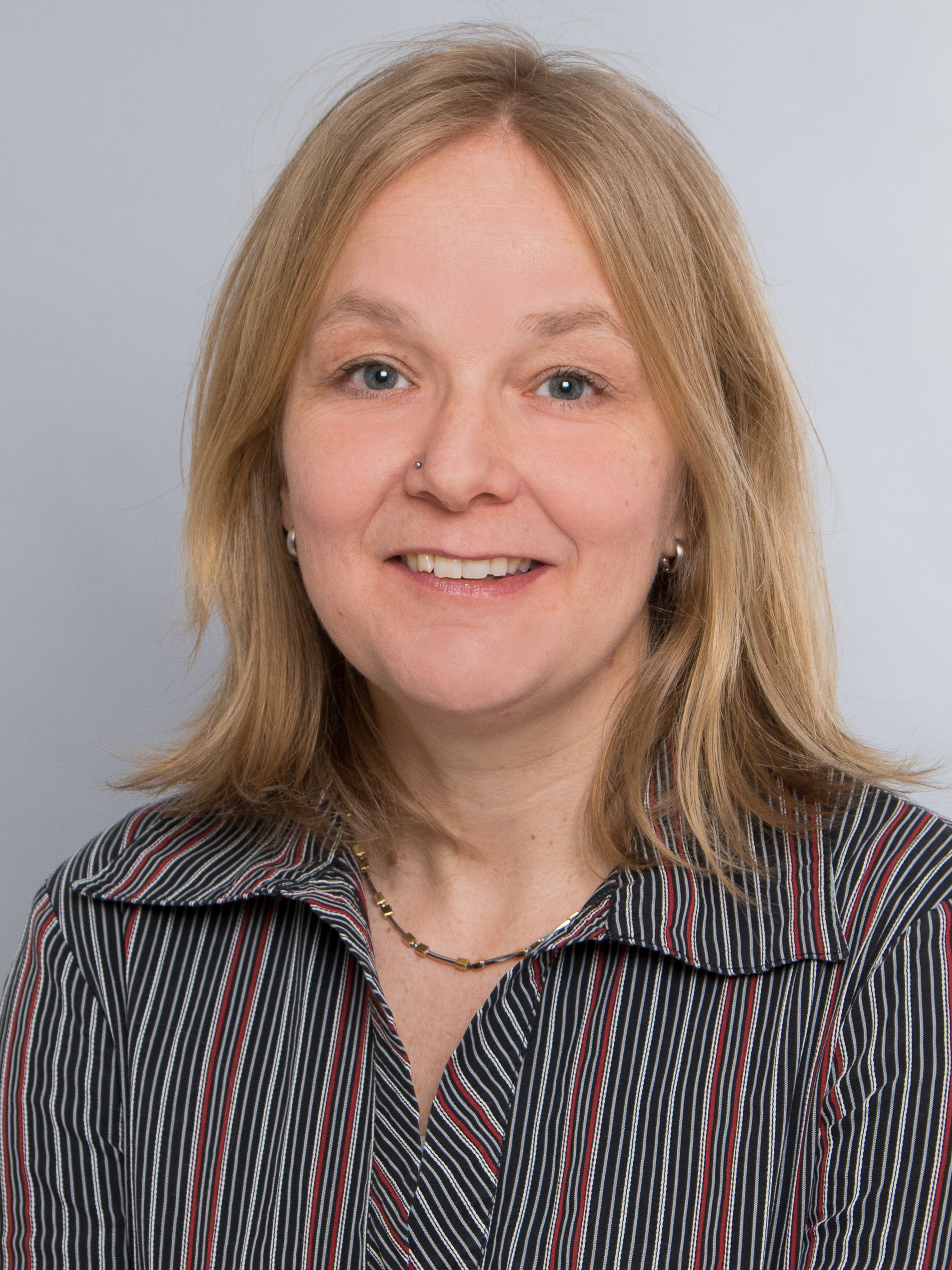
Prof. Dr. Frauke Liers-Bergmann
Contact
- Email: frauke.liers@fau.de

Prof. Dr. Sabine Maier
Contact
- Email: sabine.maier@fau.de

Prof. Dr. Karl Mandel
Contact
- Email: karl.mandel@fau.de

Prof. Dr. Janina Maultzsch
Contact
- Email: janina.maultzsch@fau.de
- Phone: +49 9131 85 -27073
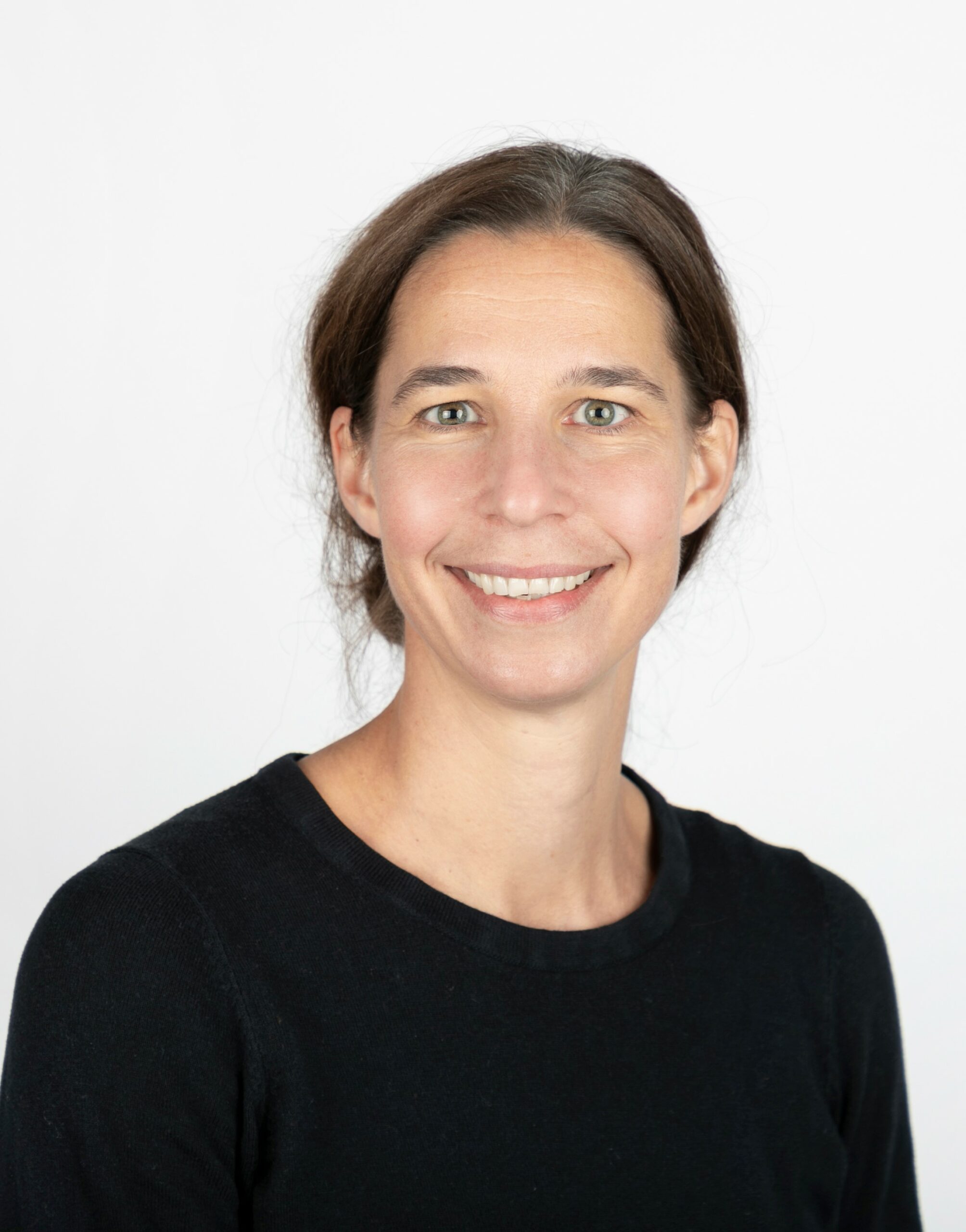
Prof. Dr. Julia Mergheim
Contact
- Email: julia.mergheim@fau.de
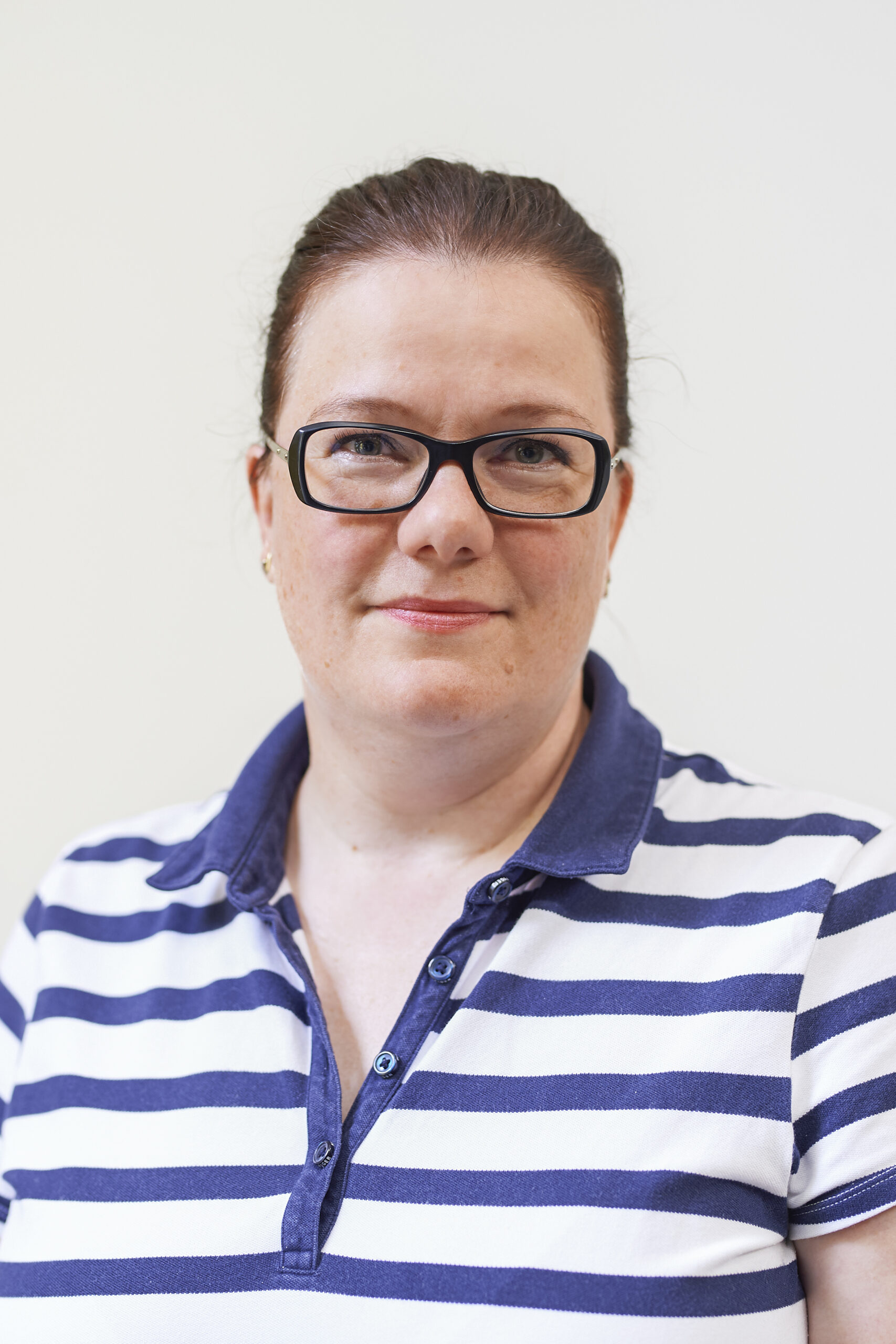
Prof. Dr. Marion Merklein
Contact
- Email: marion.merklein@fau.de
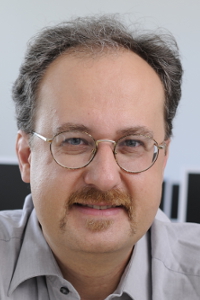
Prof. Dr. Bernd Meyer
Contact
- Email: bernd.meyer@fau.de
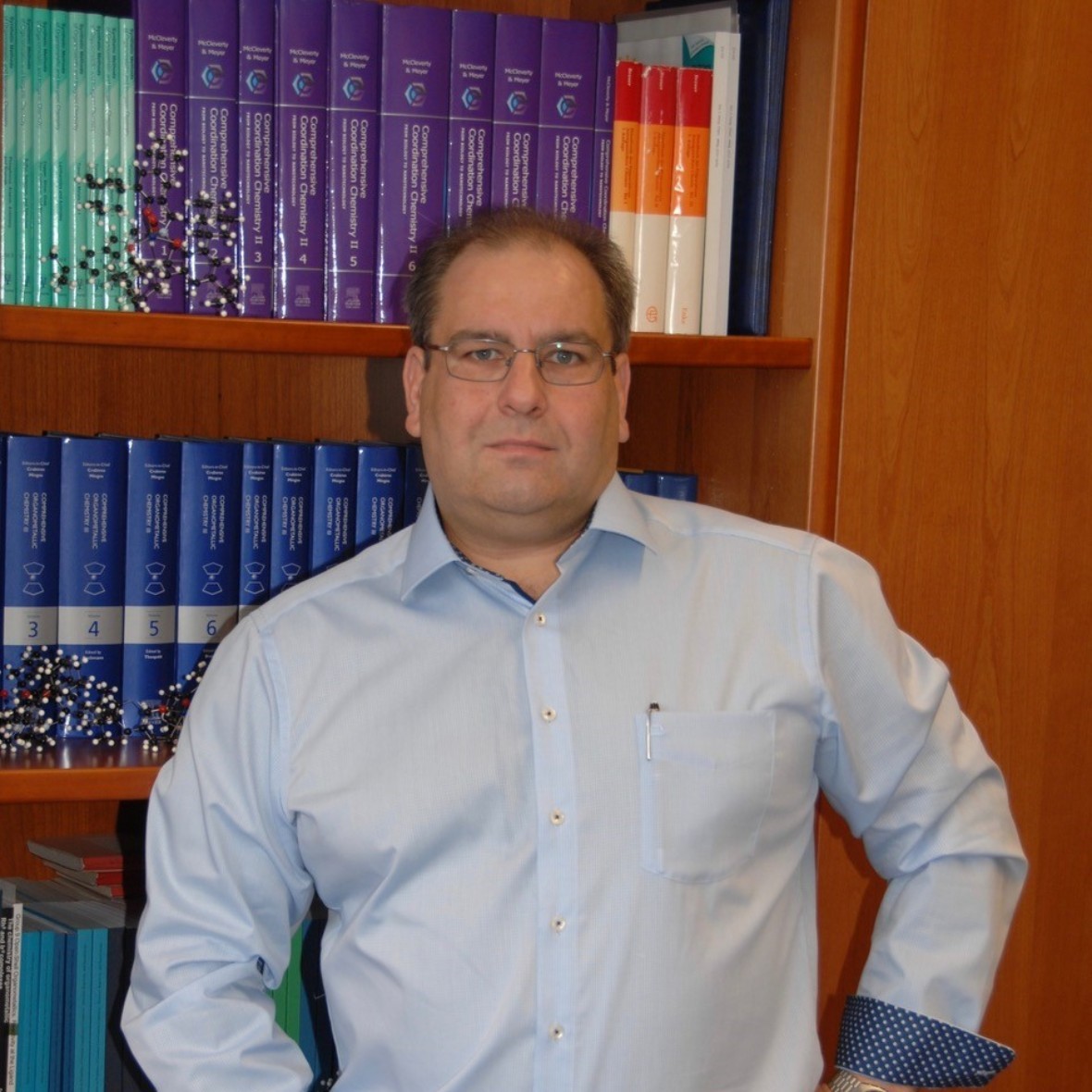
Prof. Dr. Karsten Meyer
Contact
- Email: karsten.meyer@fau.de
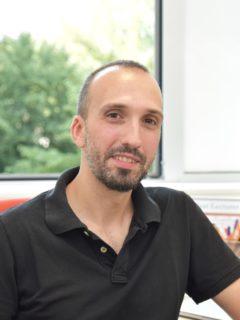
PD Dr. Paolo Moretti
Contact
- Email: paolo.moretti@fau.de
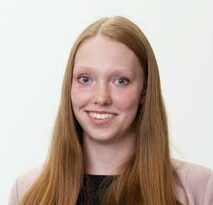
Prof. Dr. Carolin Müller
Contact
- Email: carolin.cpc.mueller@fau.de
- Phone: +49 9131 85 -20406
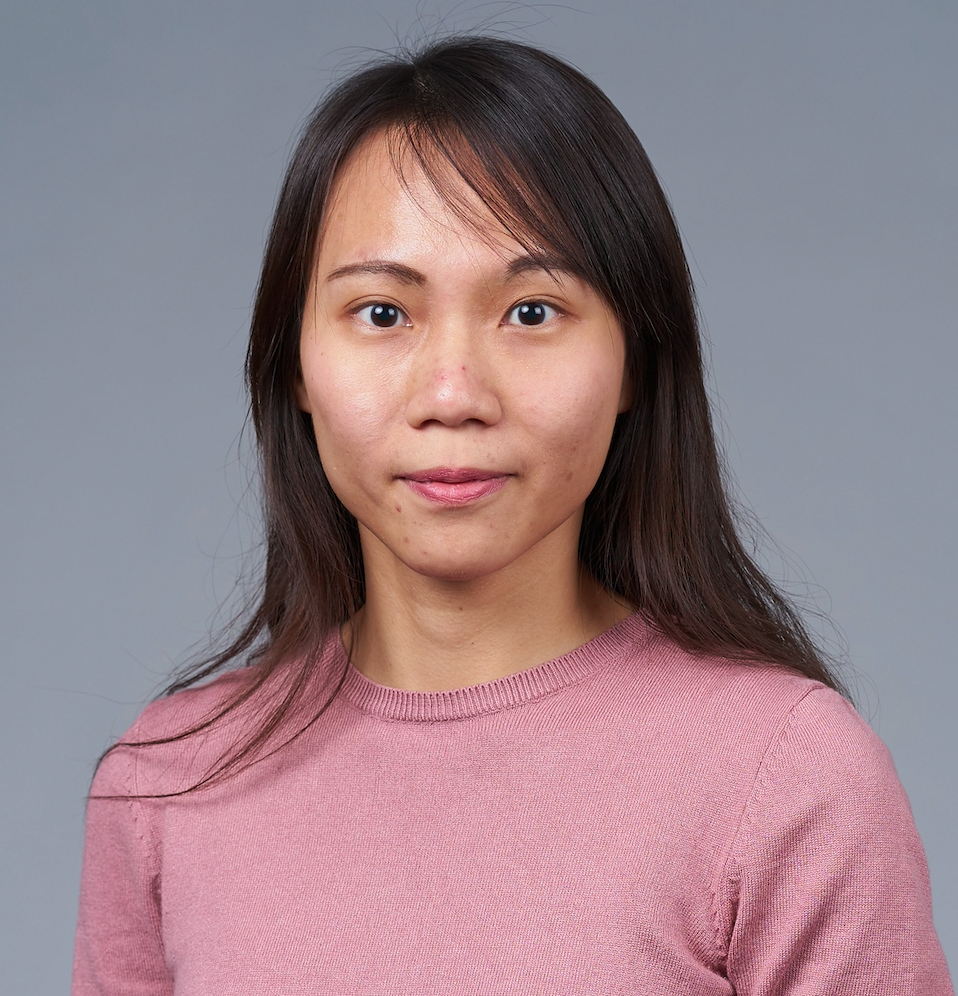
Prof. Dr. Siow Woon Ng
Contact
- Email: siowwoon.ng@fau.de
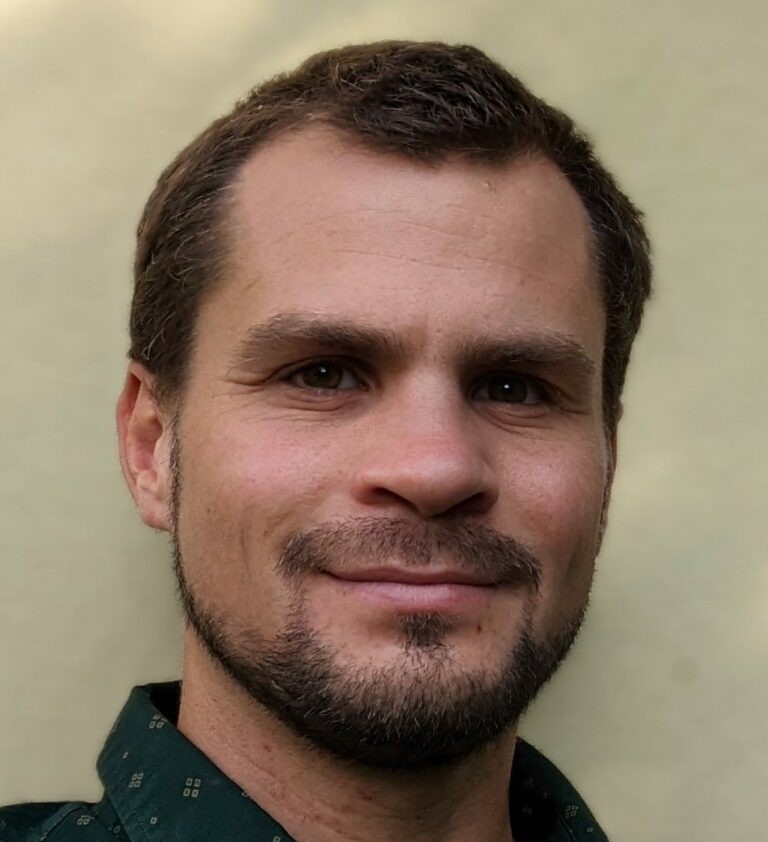
Prof. Dr. Philipp Pelz
Contact
- Email: philipp.pelz@fau.de
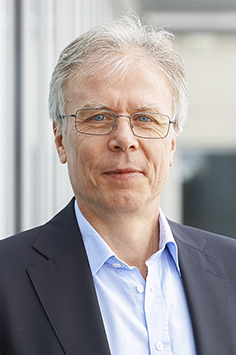
Prof. Dr. Wolfgang Peukert
Contact
- Email: wolfgang.peukert@fau.de
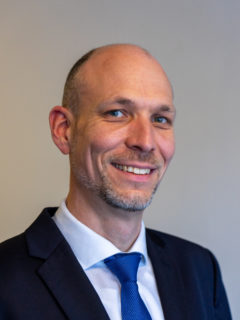
Dr. Sebastian Pfaller
Contact
- Email: sebastian.pfaller@fau.de

Dr. Lukas Pflug
Contact
- Email: lukas.pflug@fau.de
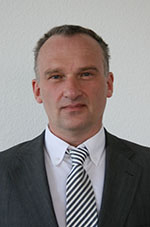
Prof. Dr. Thorsten Pöschel
Contact
- Email: thorsten.poeschel@fau.de
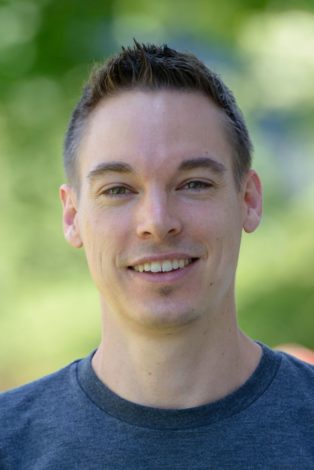
Dr. Thomas Przybilla
Contact
- Email: thomas.przybilla@fau.de
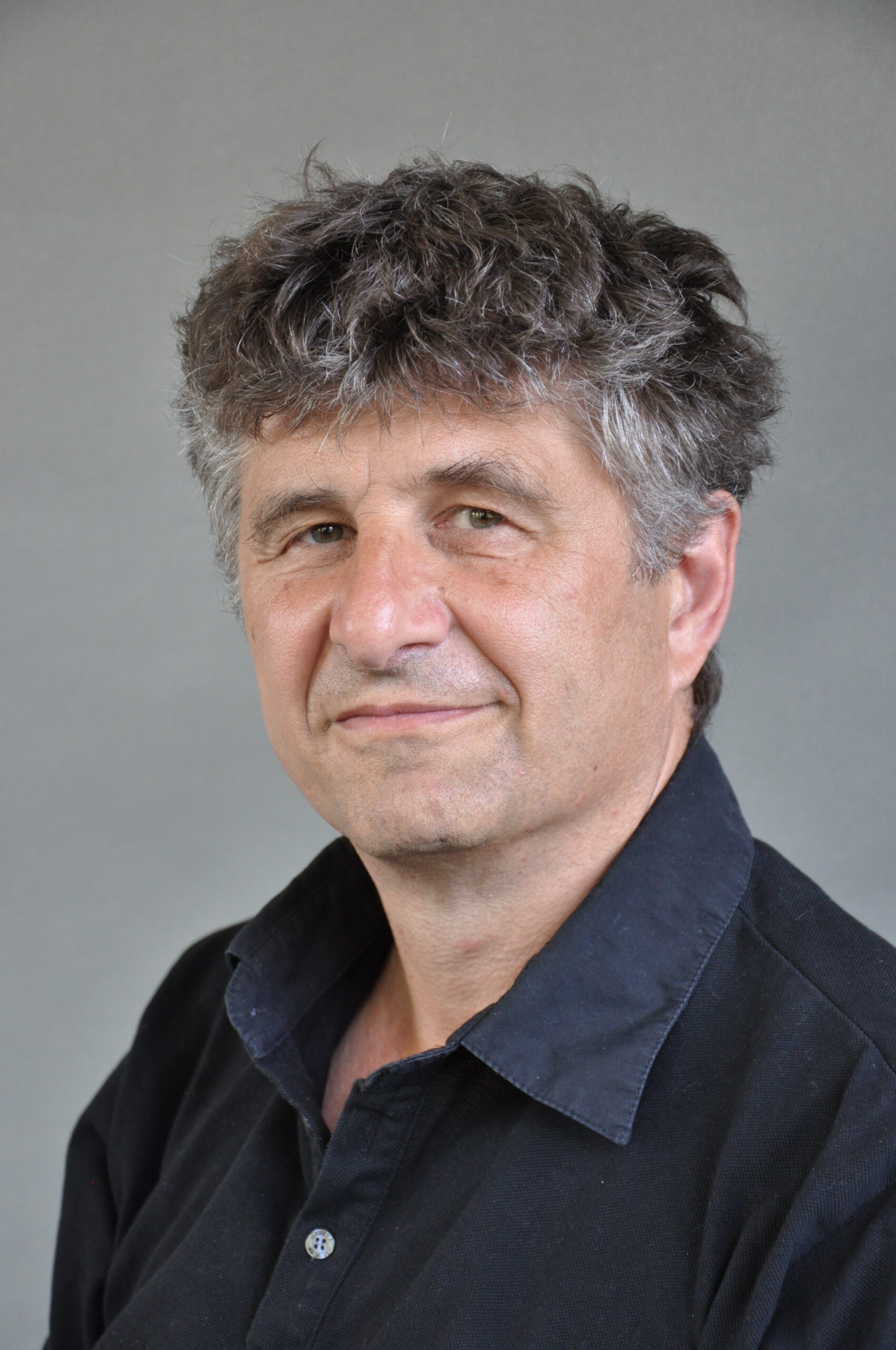
Prof. Dr. habil Stefan Rosiwal
Contact
- Email: stefan.rosiwal@fau.de
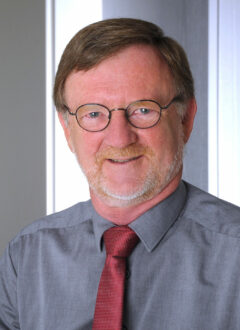
Prof. Dr. Ulrich Rüde
Contact
- Email: ulrich.ruede@fau.de
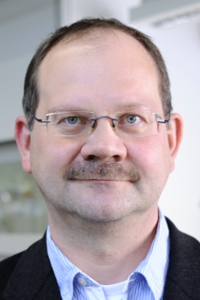
Prof. Dr. Jürgen Schatz
Contact
- Email: juergen.schatz@fau.de
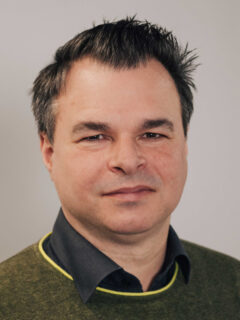
Prof. Dr. Kai Phillip Schmidt
Contact
- Email: kai.phillip.schmidt@fau.de
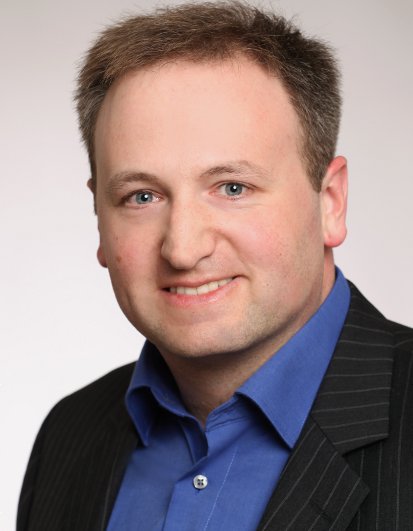
Prof. Dr. Michael Schmiedeberg
Contact
- Email: michael.schmiedeberg@fau.de
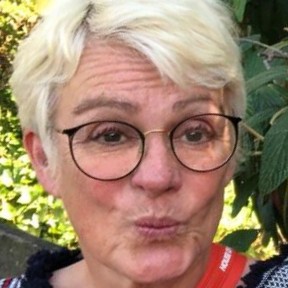
Prof. Dr. Simone Schmitz-Spanke
Contact
- Email: simone.schmitz-spanke@fau.de
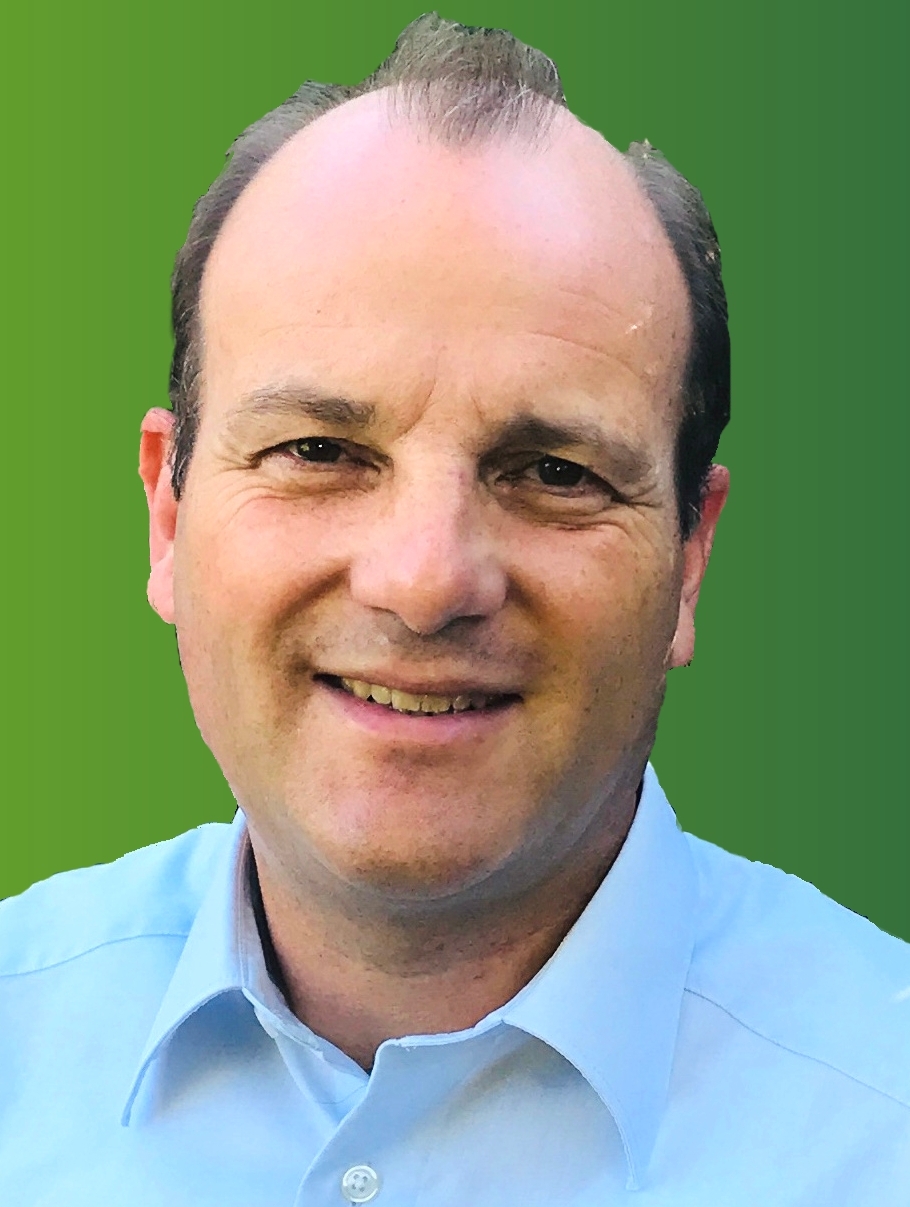
Prof. Dr. Alexander Schneider
Contact
- Email: alexander.schneider@fau.de
- Phone: +49 9131 85 -28405
Dr. Patrick Schühle
Contact
- Email: patrick.schuehle@fau.de
- Phone: +49 9131 8567 417

Prof. Dr. Ana-Suncana Smith
Contact
- Email: ana-suncana.smith@fau.de

Prof. Dr. Erdmann Spiecker
Contact
- Email: erdmann.spiecker@fau.de
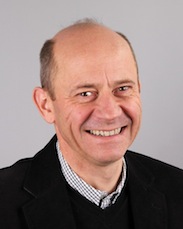
Prof. Dr. Paul Steinmann
Contact
- Email: paul.steinmann@fau.de
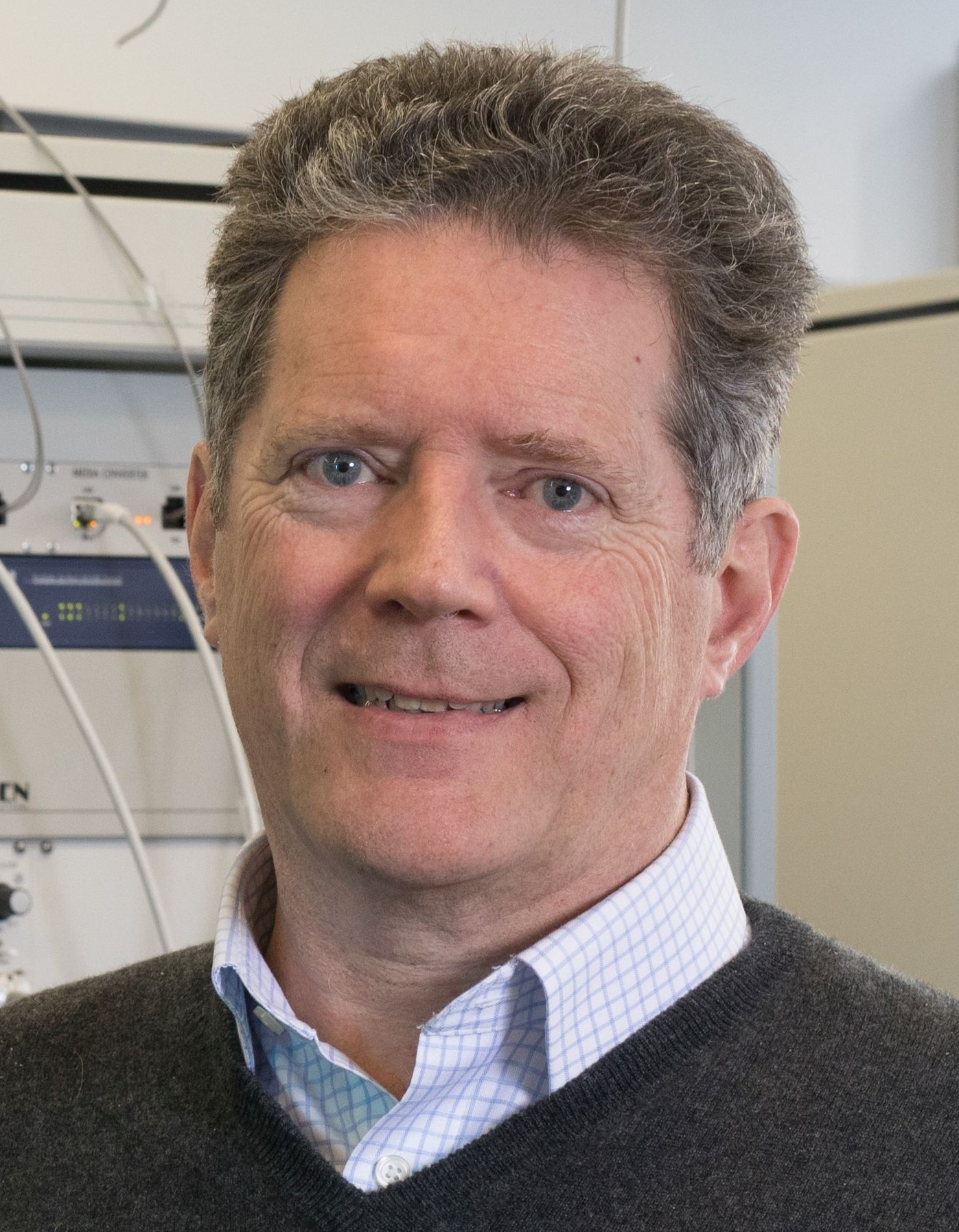
Prof. Dr. mult. Hans-Peter Steinrück
Contact
- Email: hans-peter.steinrueck@fau.de
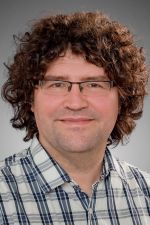
Prof. Dr. Michael Stingl
Contact
- Email: michael.stingl@fau.de
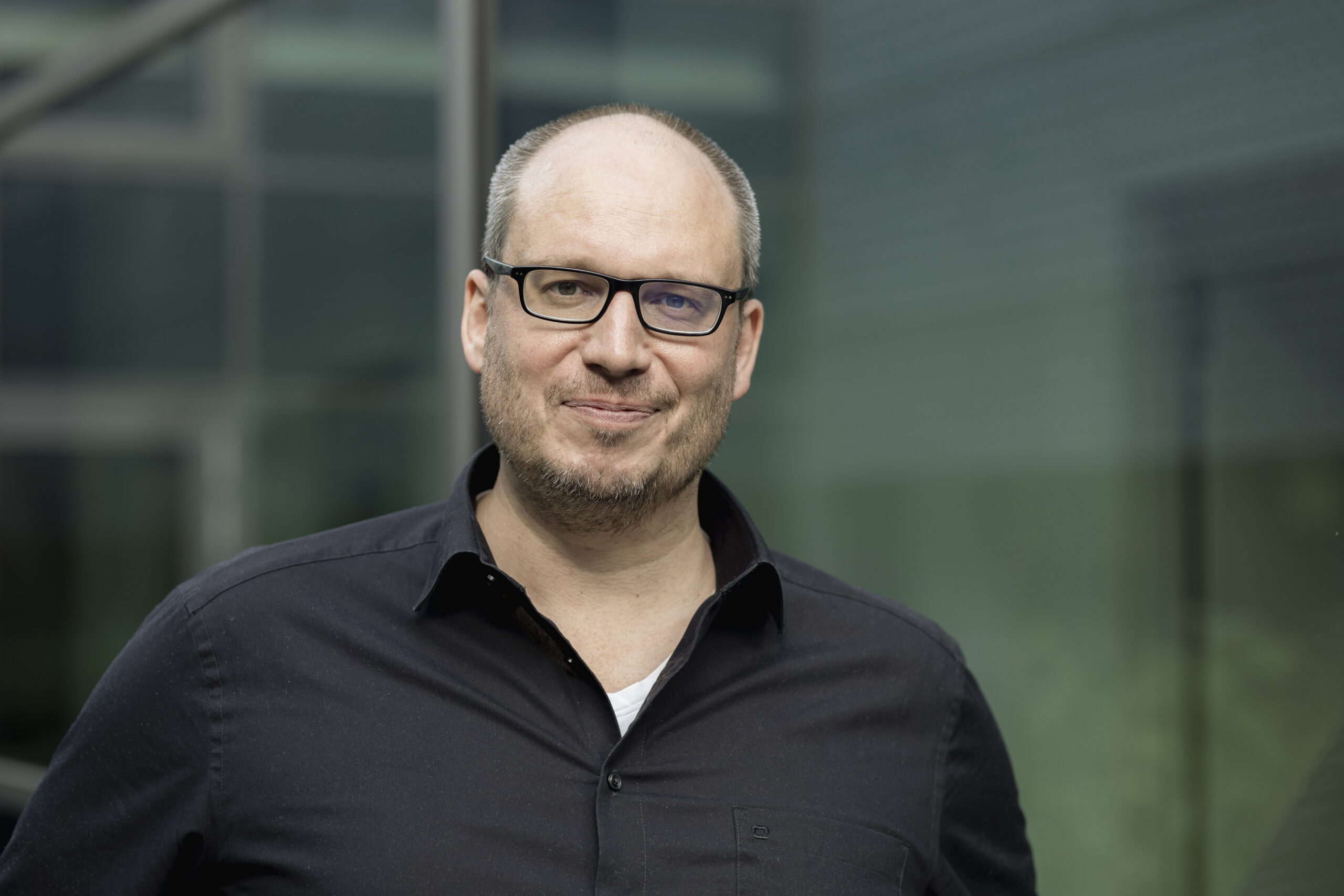
Prof. Dr. Simon Thiele
Contact
- Email: simon.thiele@fau.de
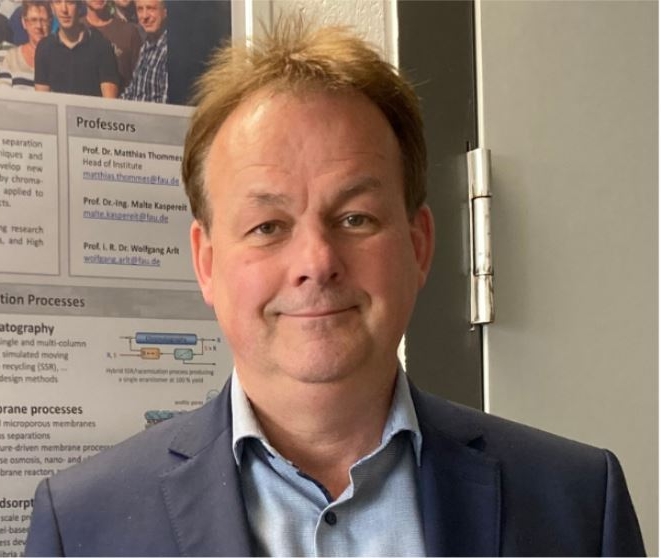
Prof. Dr. Matthias Thommes
Contact
- Email: matthias.thommes@fau.de
- Phone: +49 9131 85 -27440
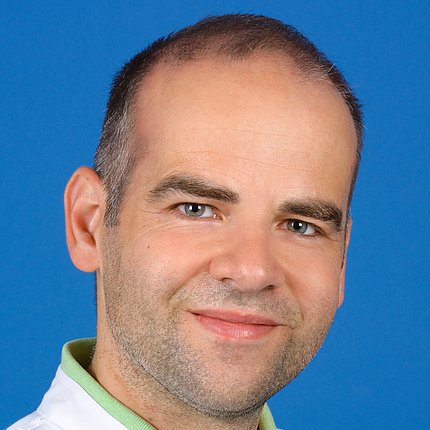
PD Dr. Rainer Tietze
Contact
- Email: rainer.tietze@fau.de
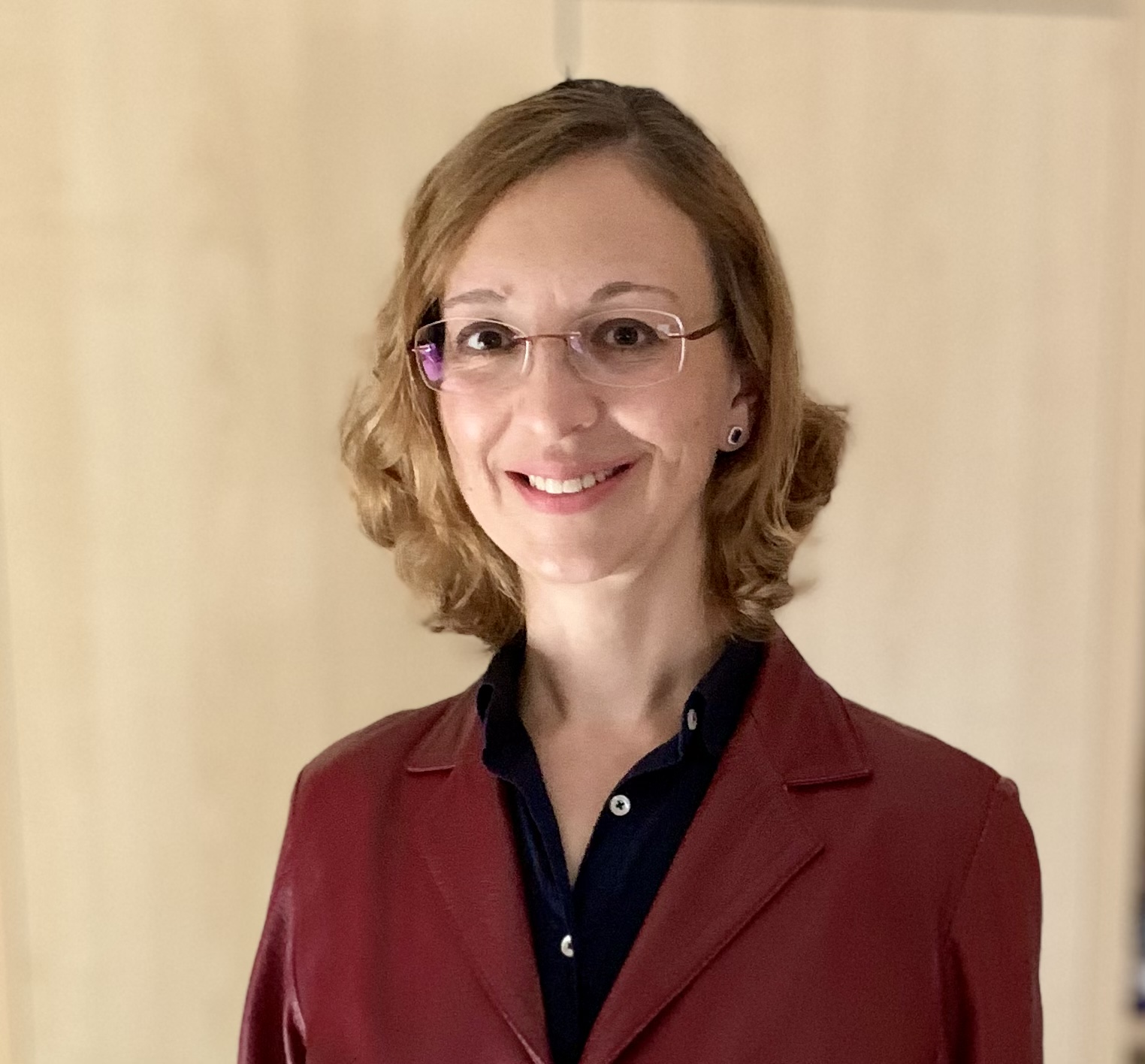
Prof. Dr. Svetlana Tsogoeva
Contact
- Email: svetlana.tsogoeva@fau.de
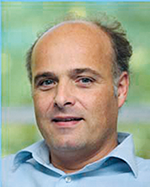
Prof. Dr. Tobias Unruh
Contact
- Email: tobias.unruh@fau.de
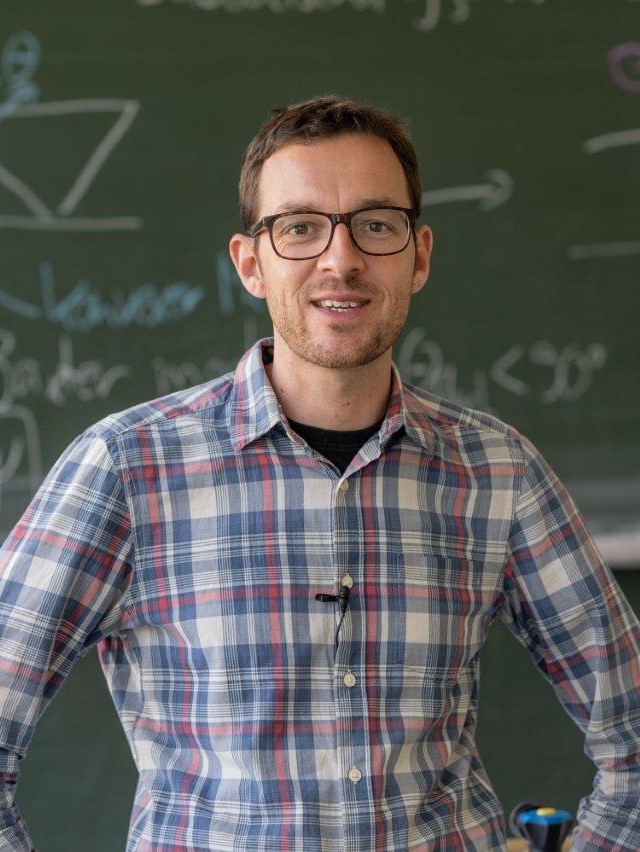
Prof. Dr. Nicolas Vogel
Contact
- Email: nicolas.vogel@fau.de
- Phone: +49 9131 85 20357
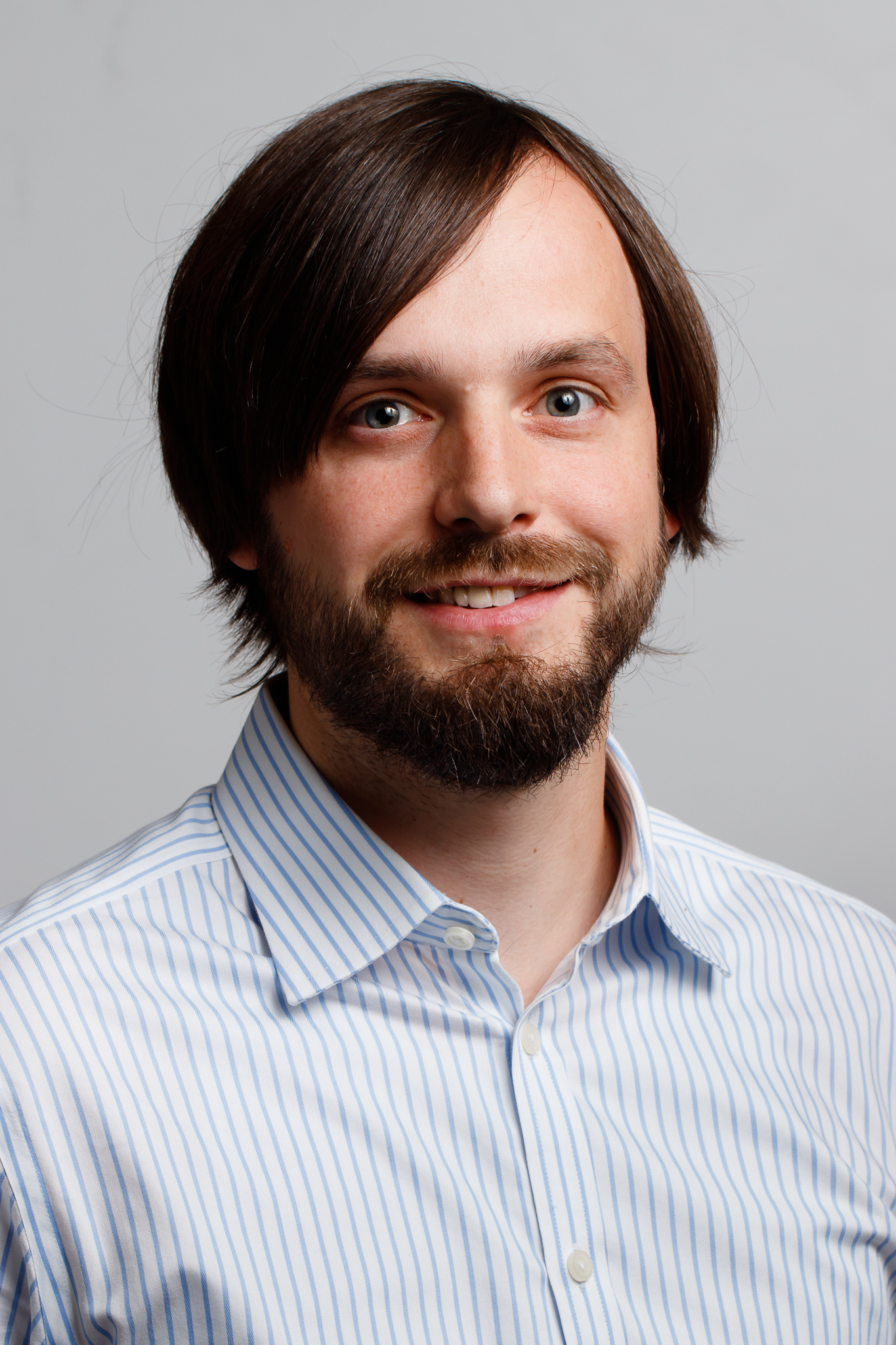
Dr. Johannes Walter
Contact
- Email: johannes.walter@fau.de

Prof. Dr. Peter Wasserscheid
Contact
- Email: peter.wasserscheid@fau.de
- Phone: +49 9131 8527 420
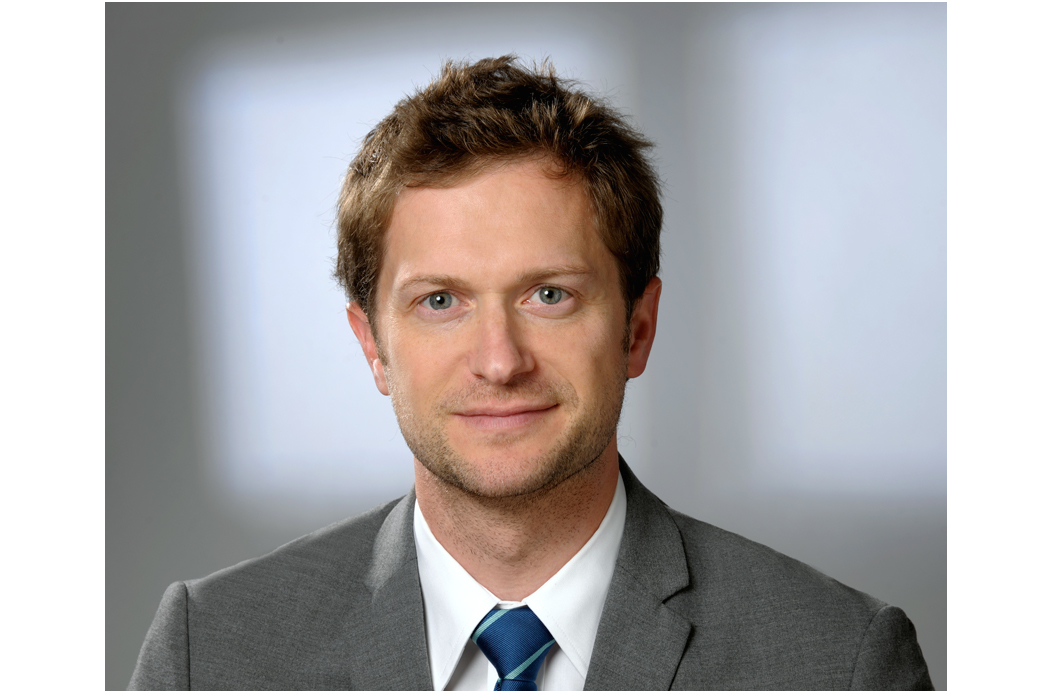
Prof. Dr. Kyle Grant Webber
Contact
- Email: kyle.g.webber@fau.de
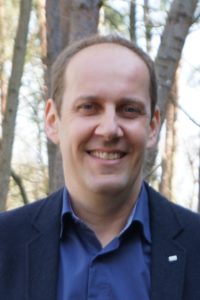
Prof. Dr. Heiko Weber
Contact
- Email: heiko.weber@fau.de
- Phone: +49 9131 85 28421
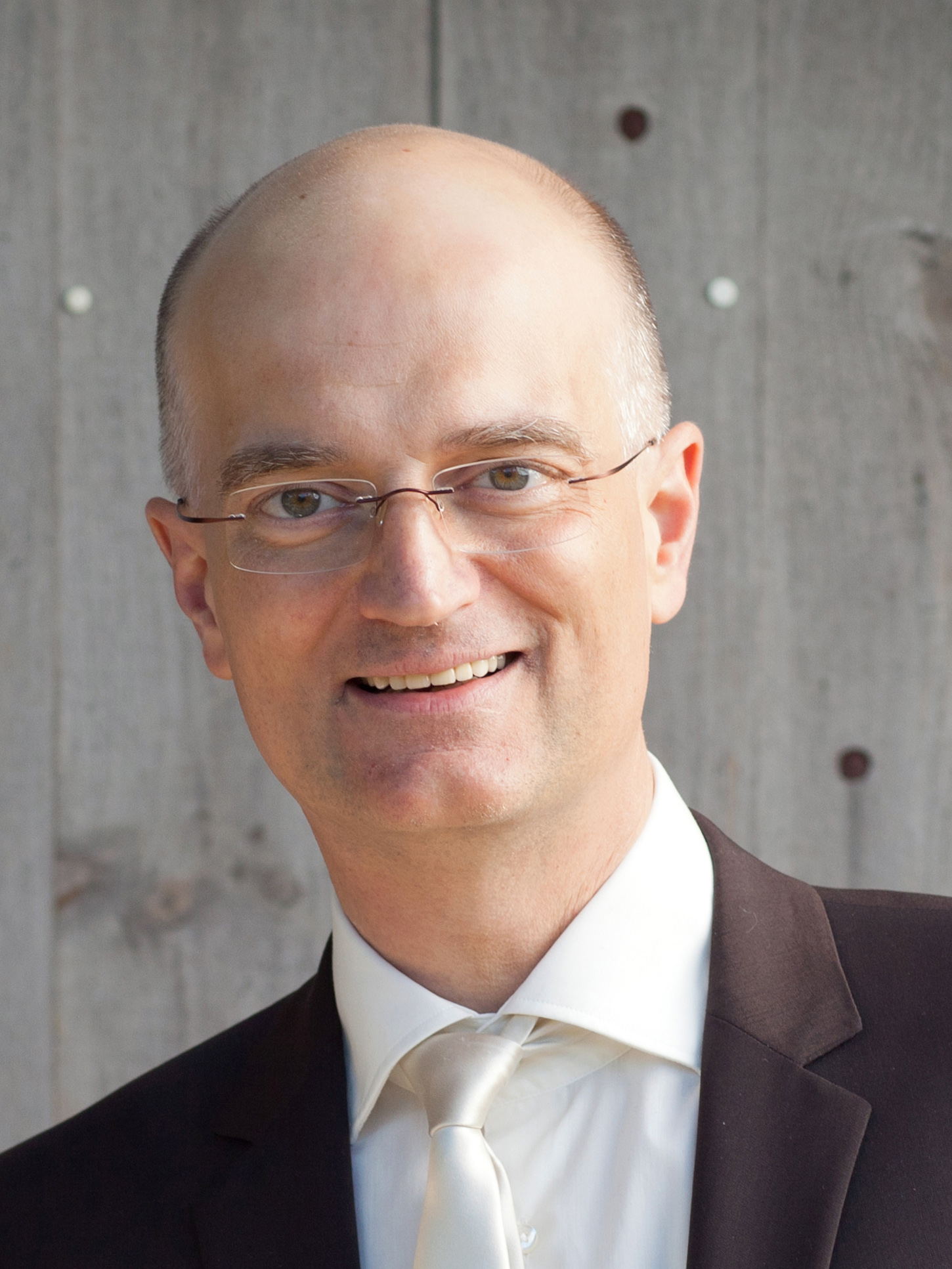
Prof. Dr. Peter Wellmann
Contact
- Email: peter.wellmann@fau.de
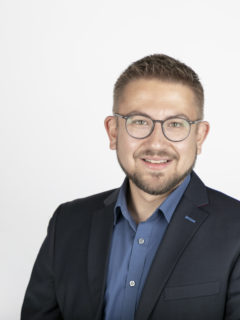
Dr. Christian Wick
Contact
- Email: christian.wick@fau.de
- Phone: +49 9131 85 -70566
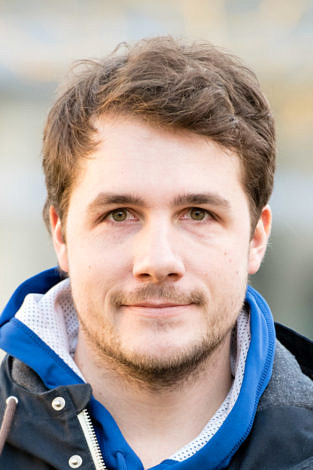
Dr. Johannes Will
Contact
- Email: johannes.will@fau.de
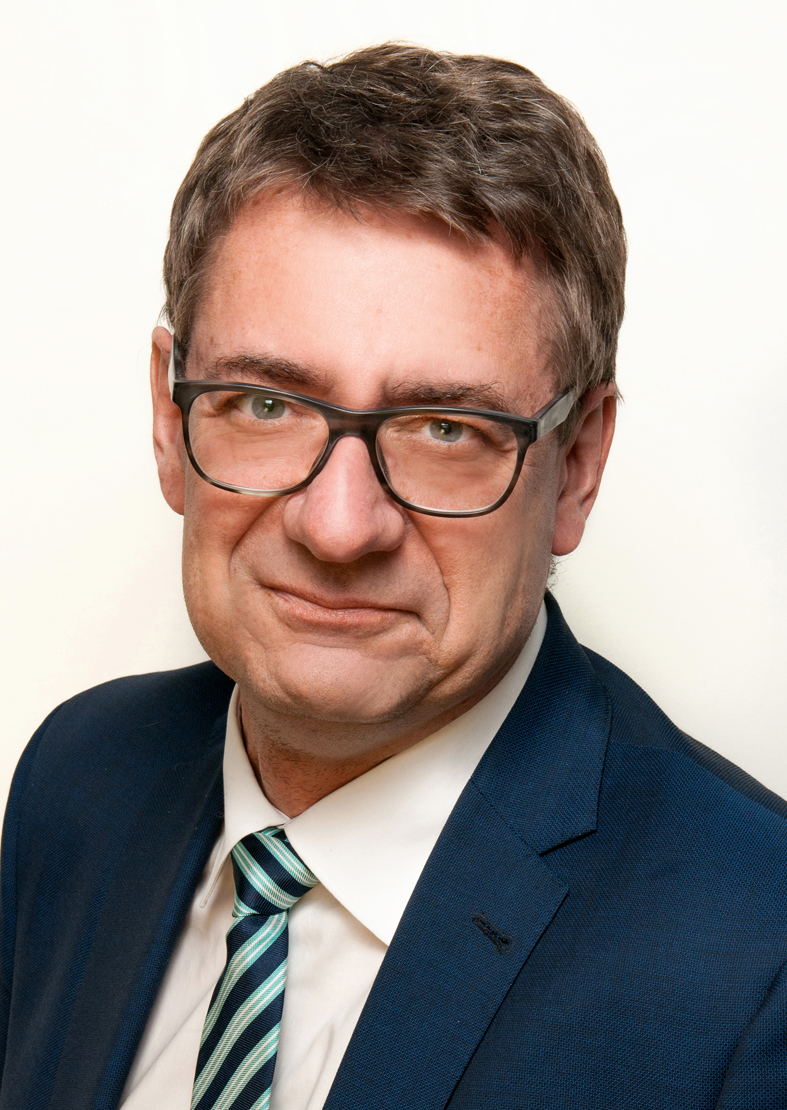
Prof. Dr. Stefan Will
Contact
- Email: stefan.will@fau.de
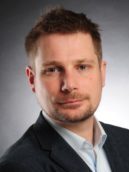
PD Dr. Stephan Wolf
Contact
- Email: stephan.e.wolf@fau.de
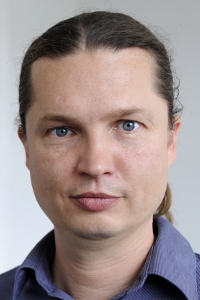
Prof. Dr. Dirk Zahn
Contact
- Email: dirk.zahn@fau.de
